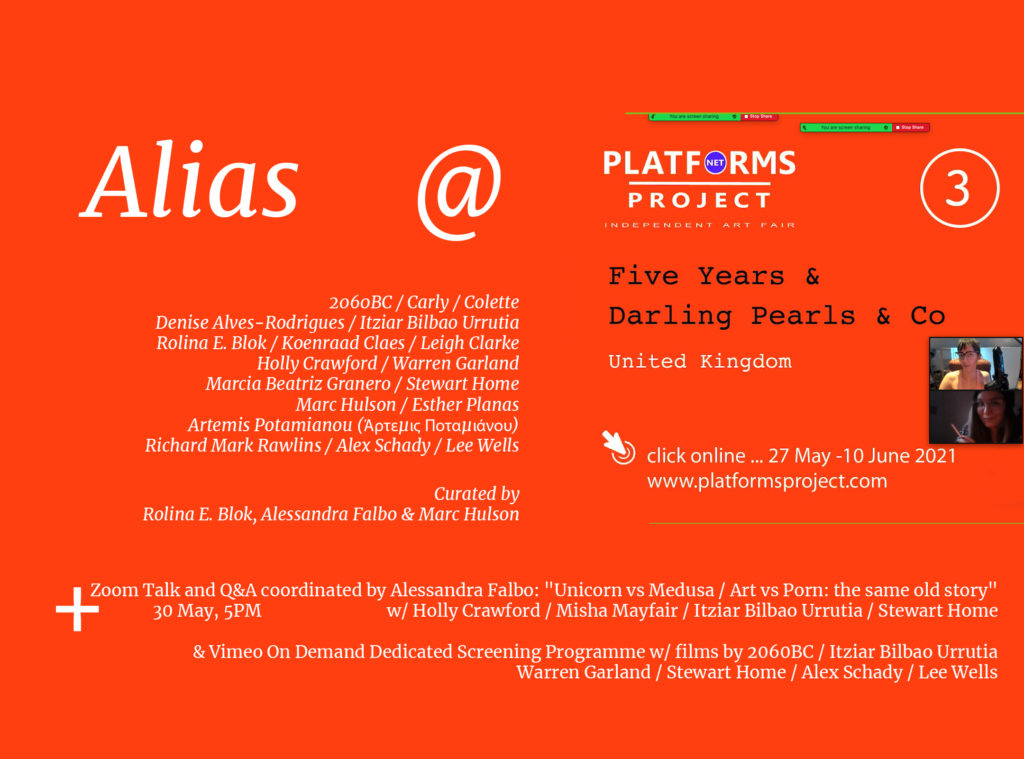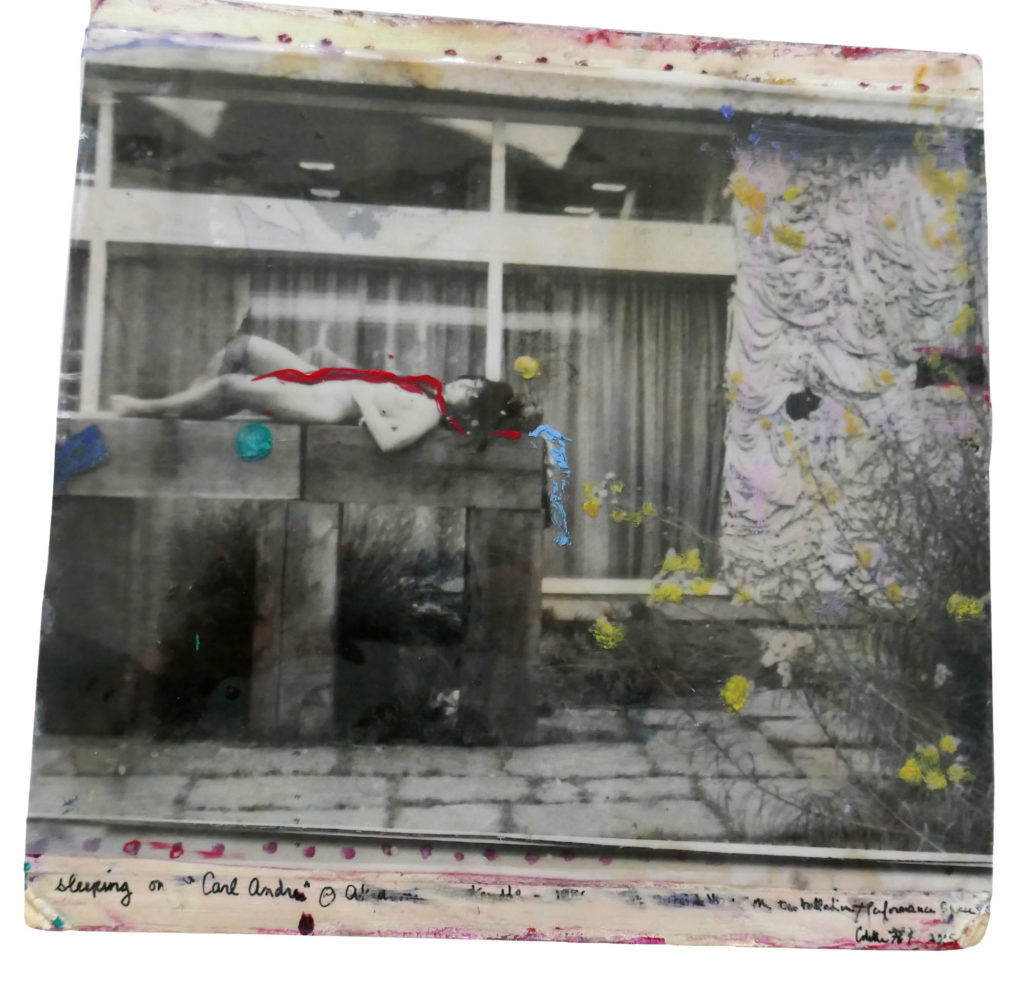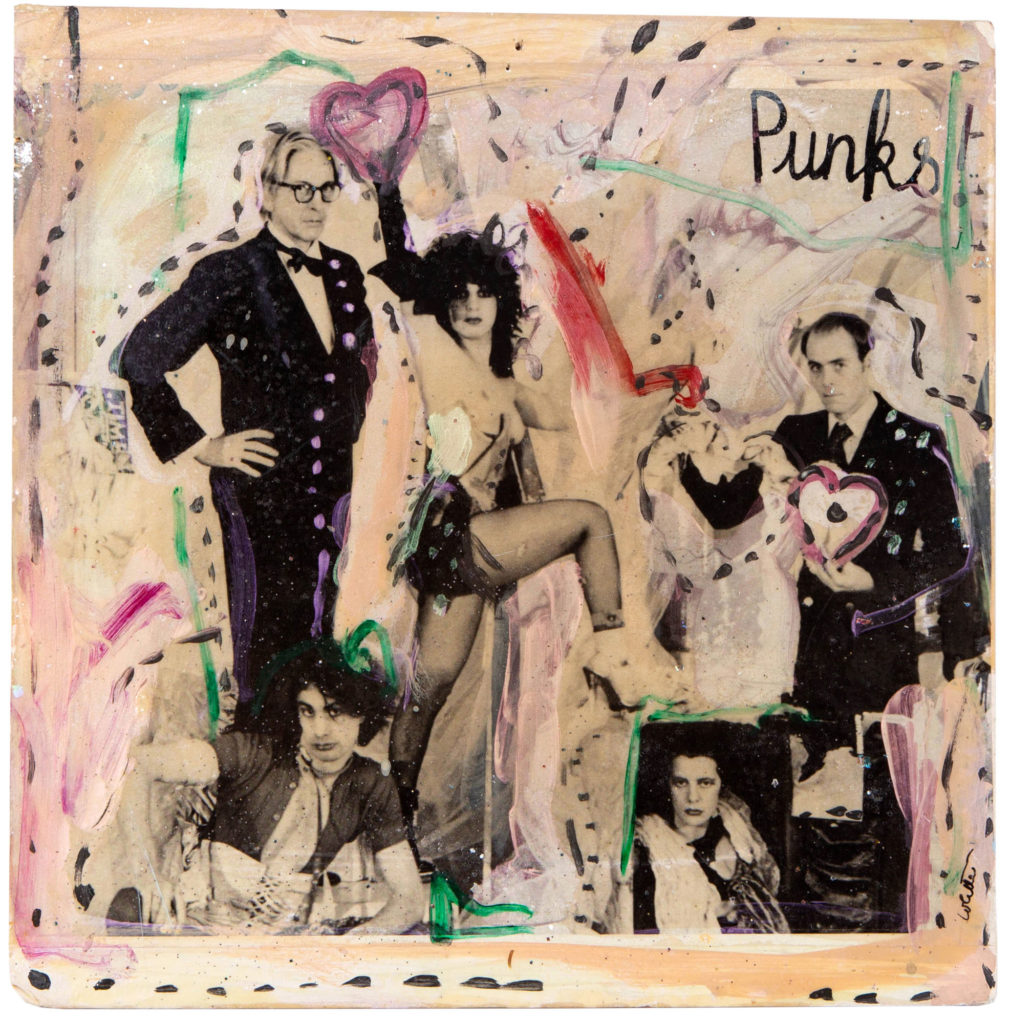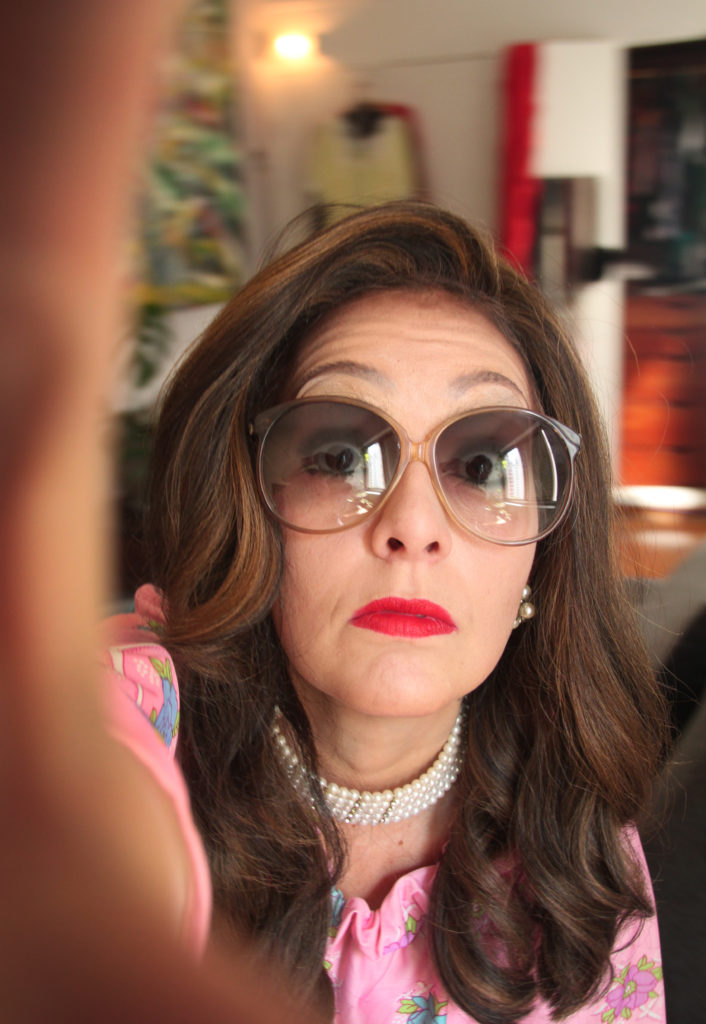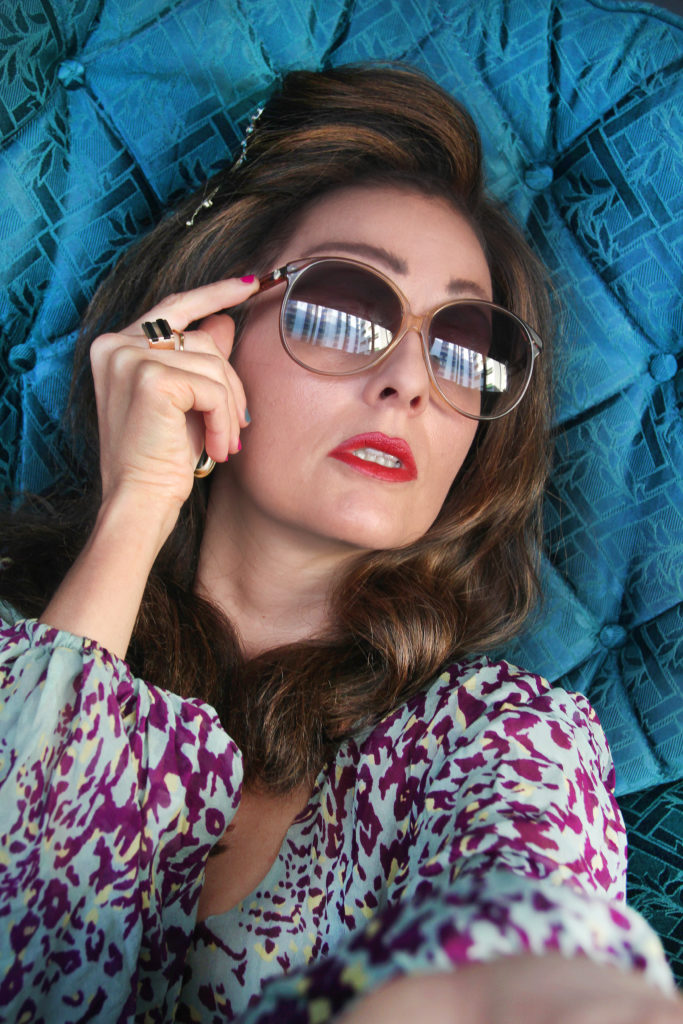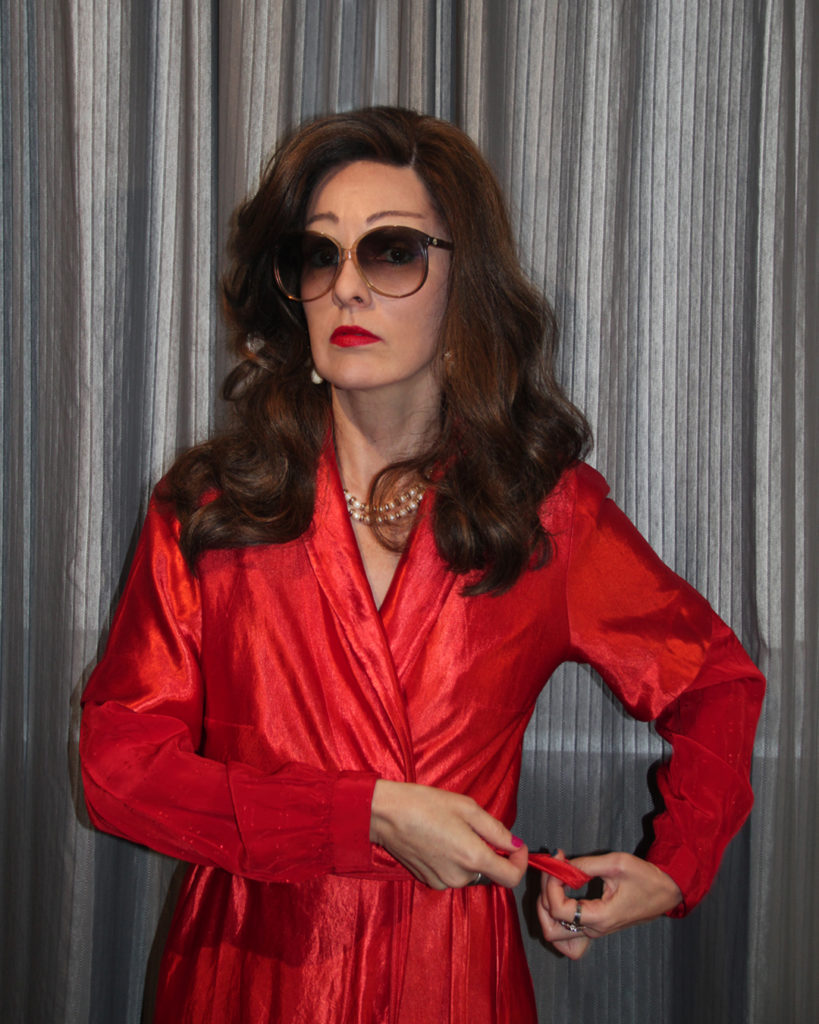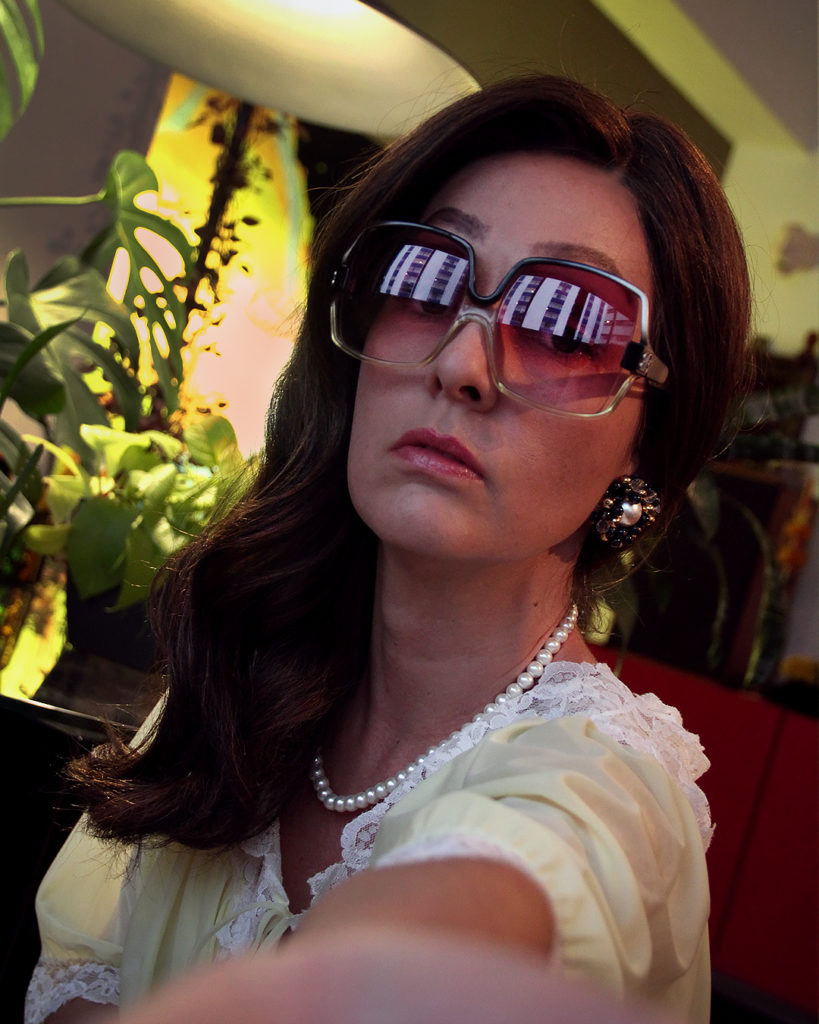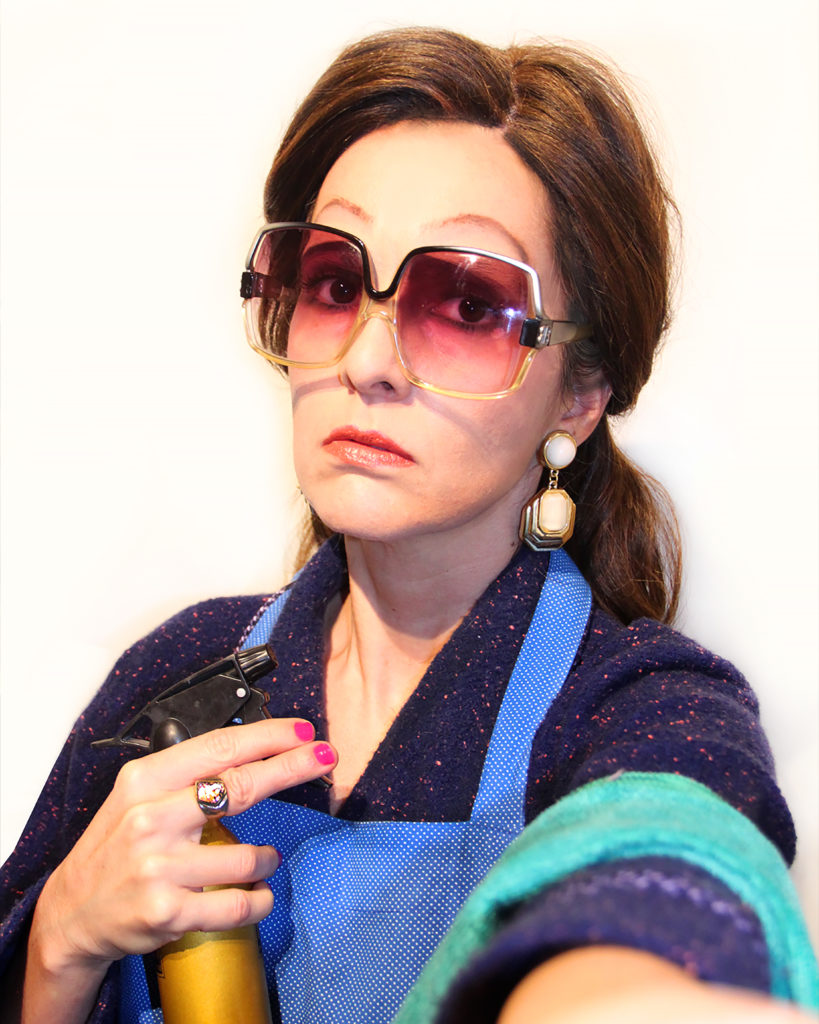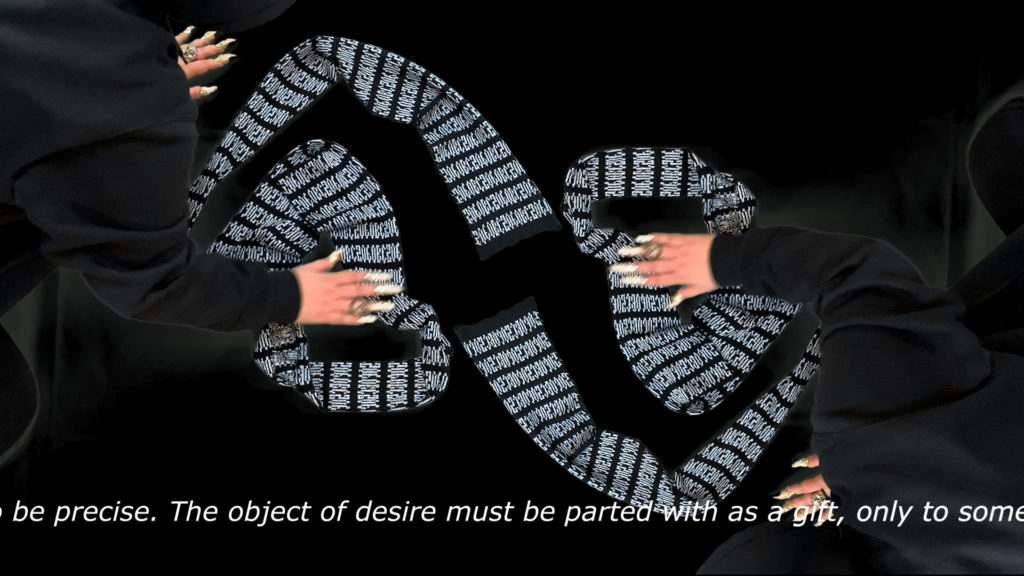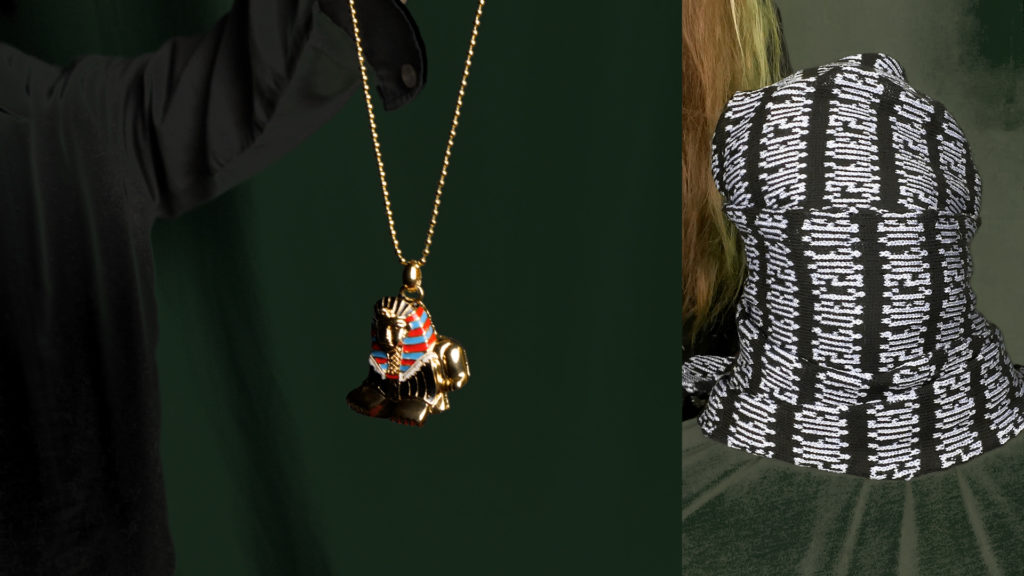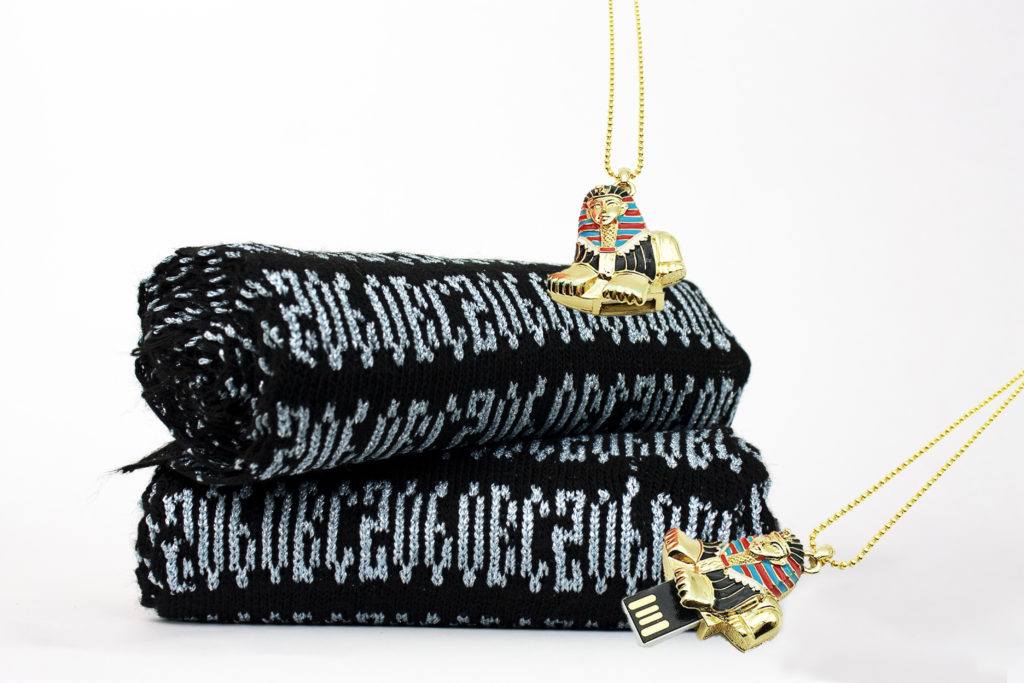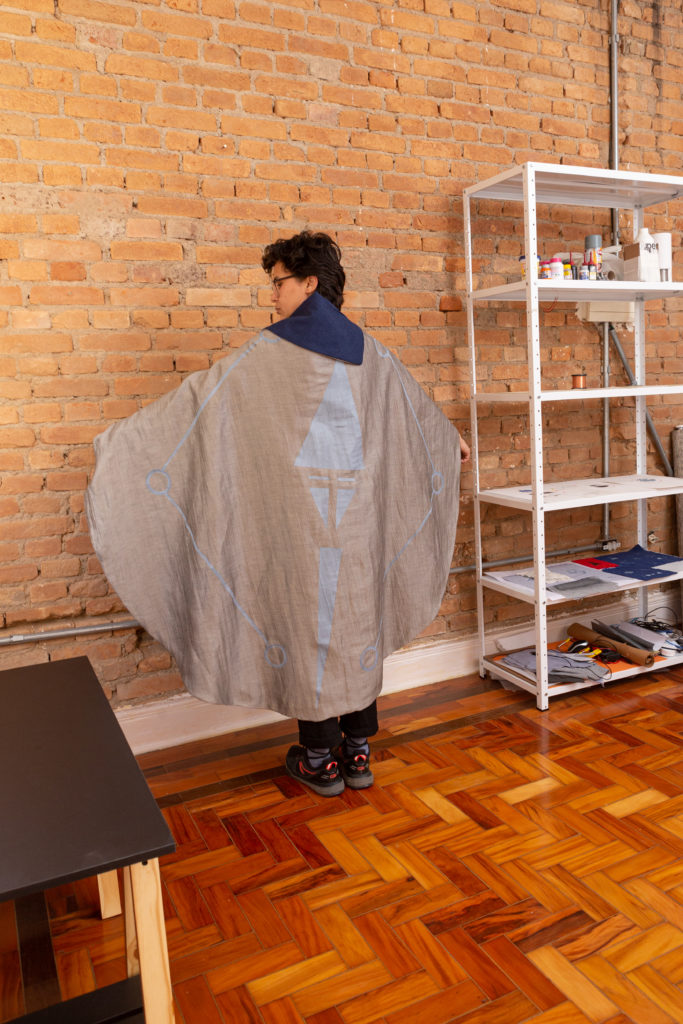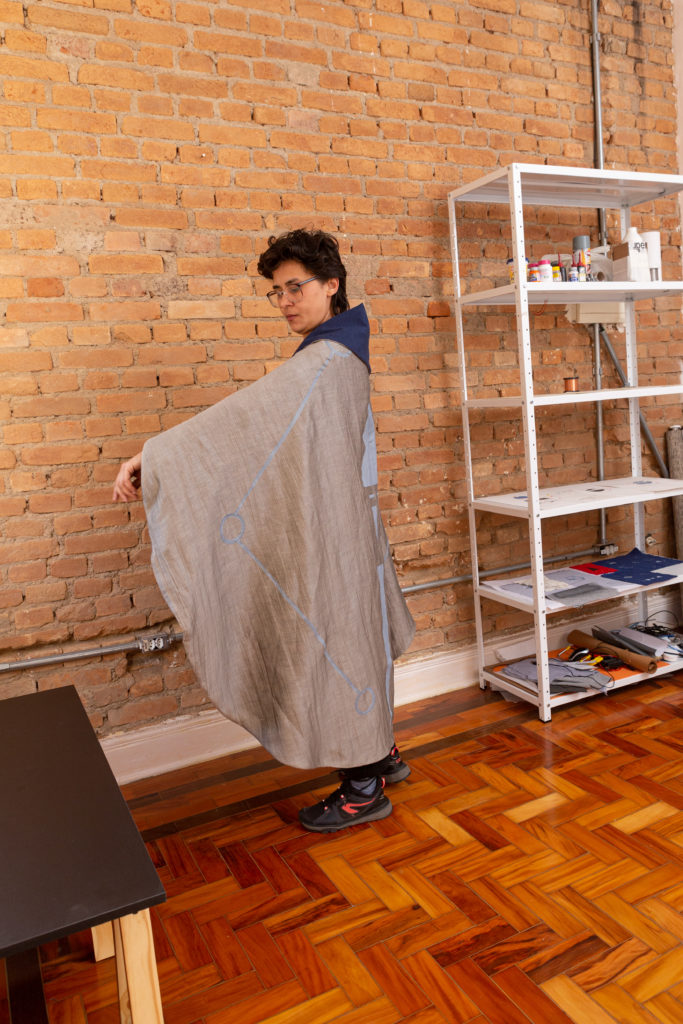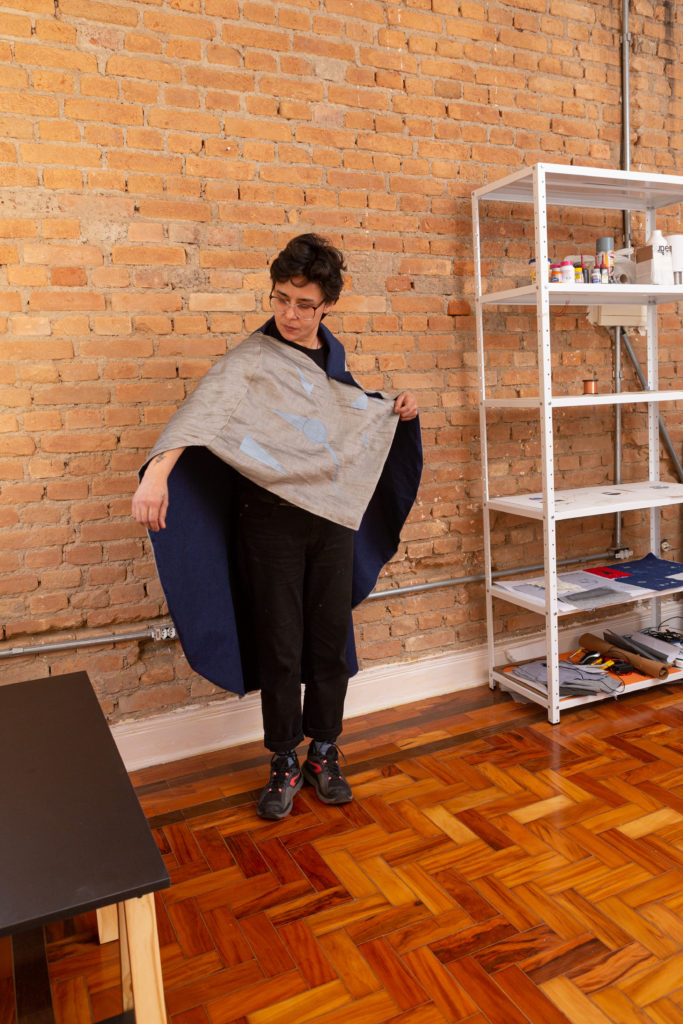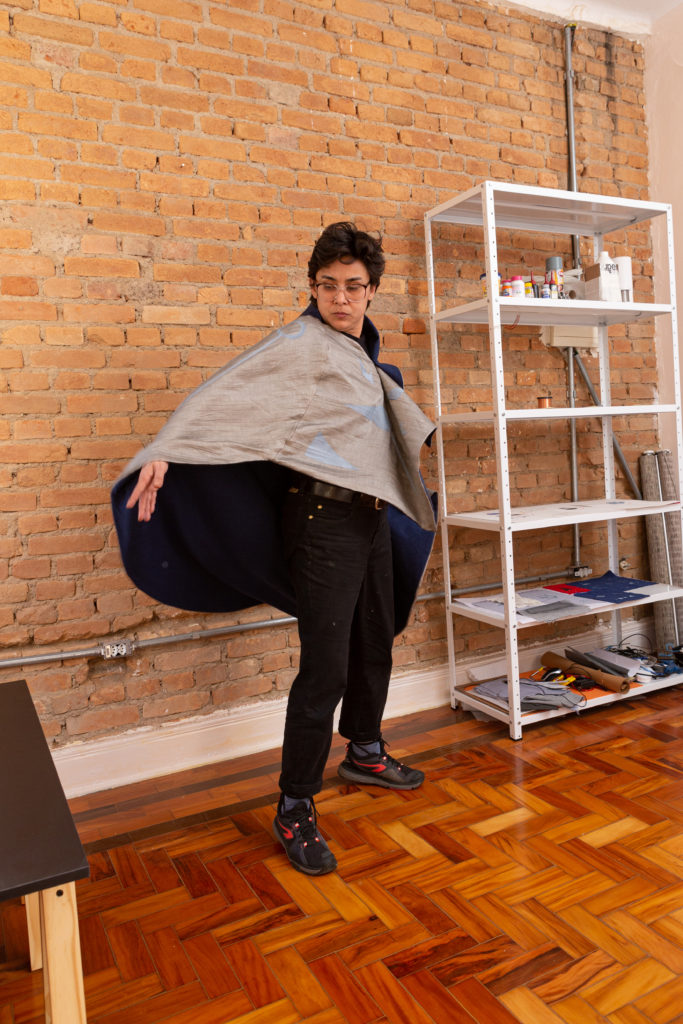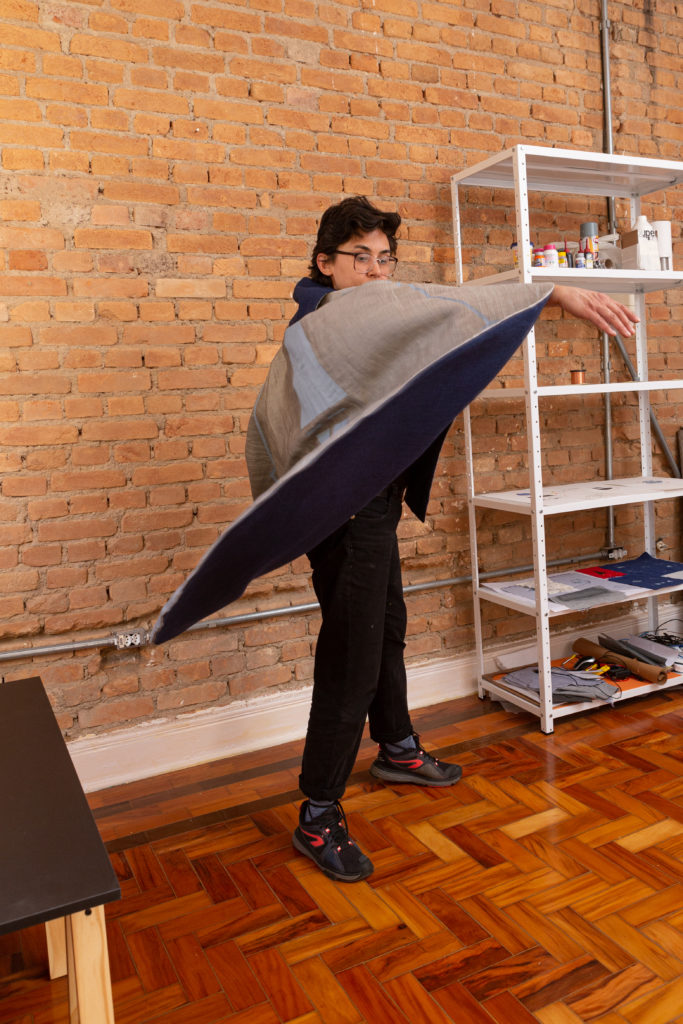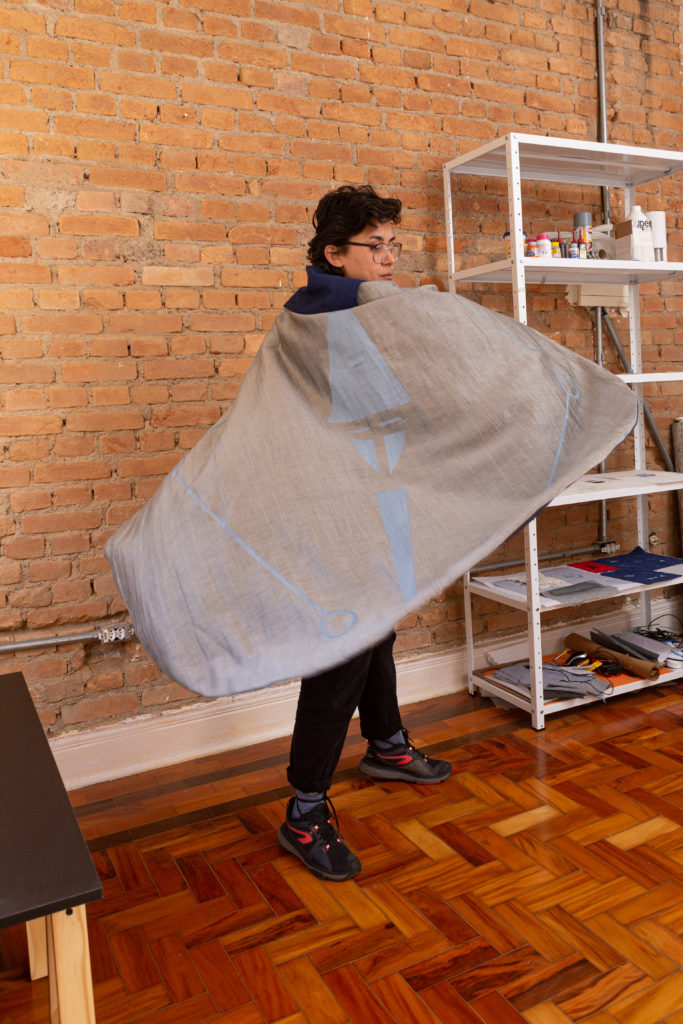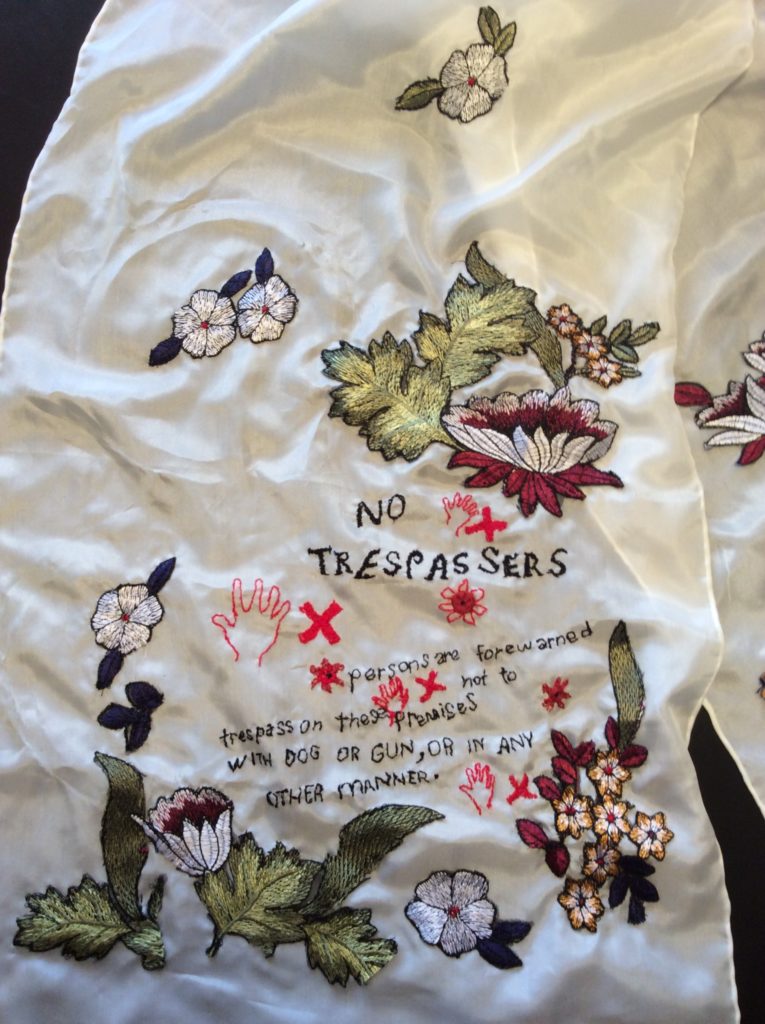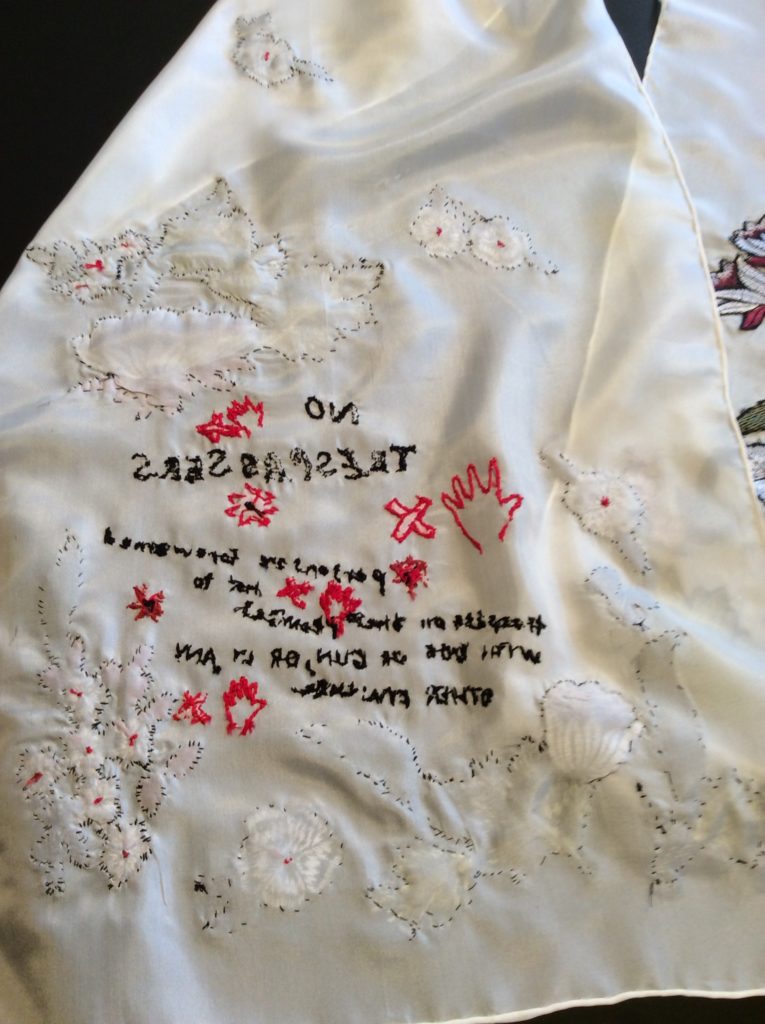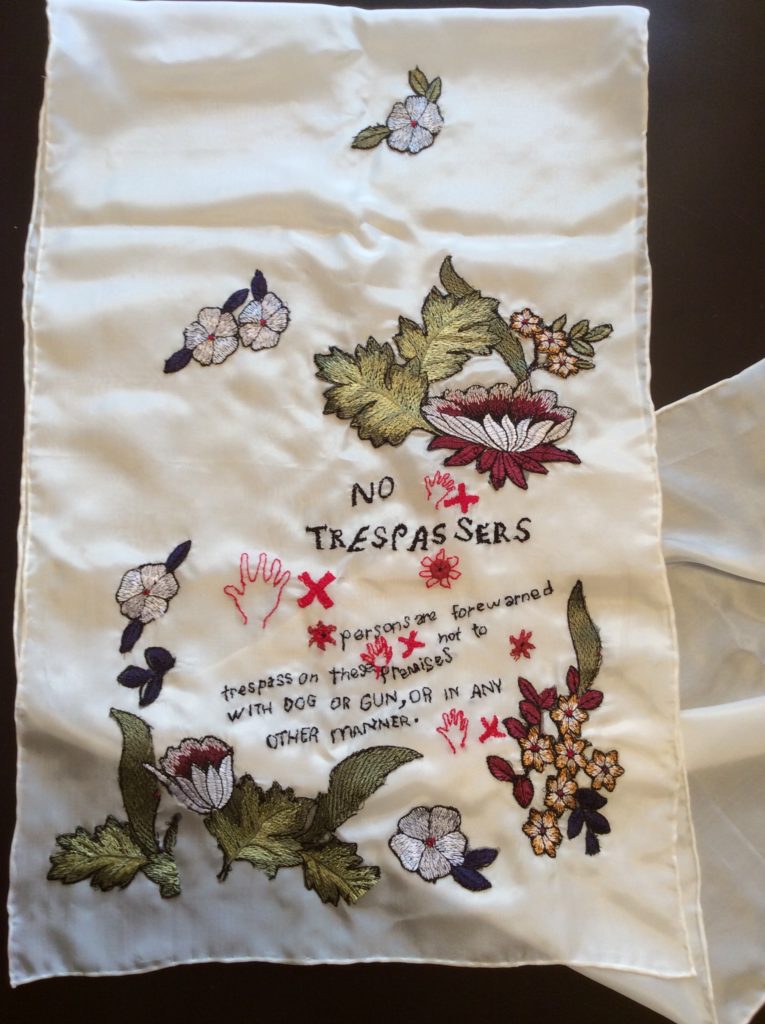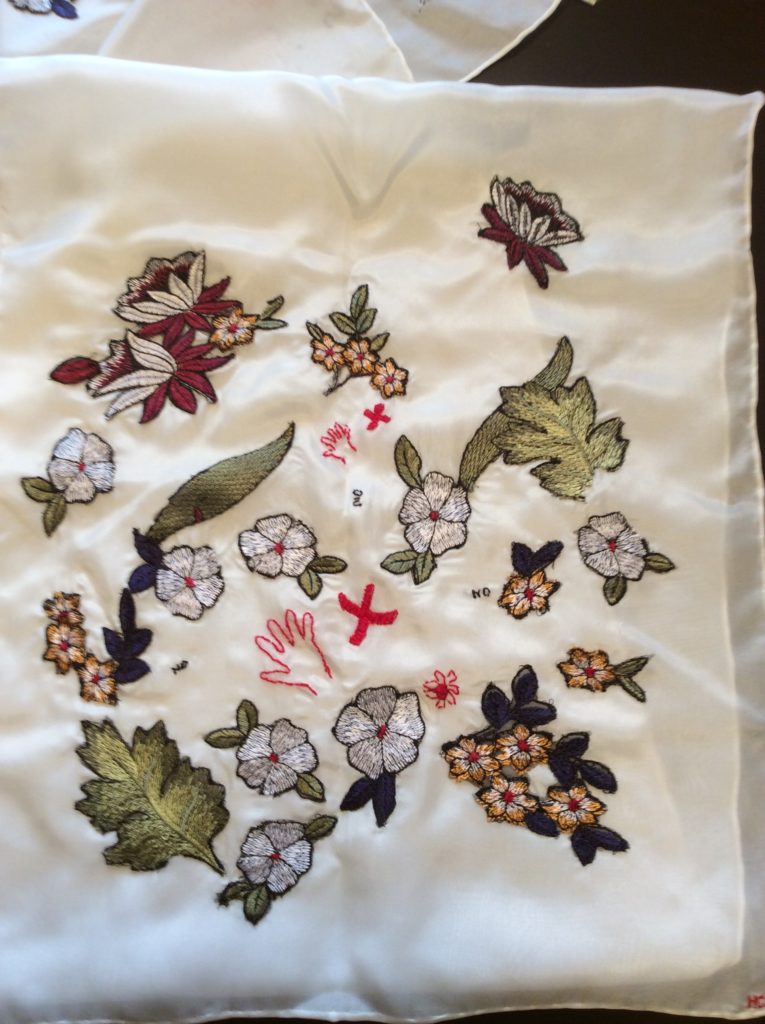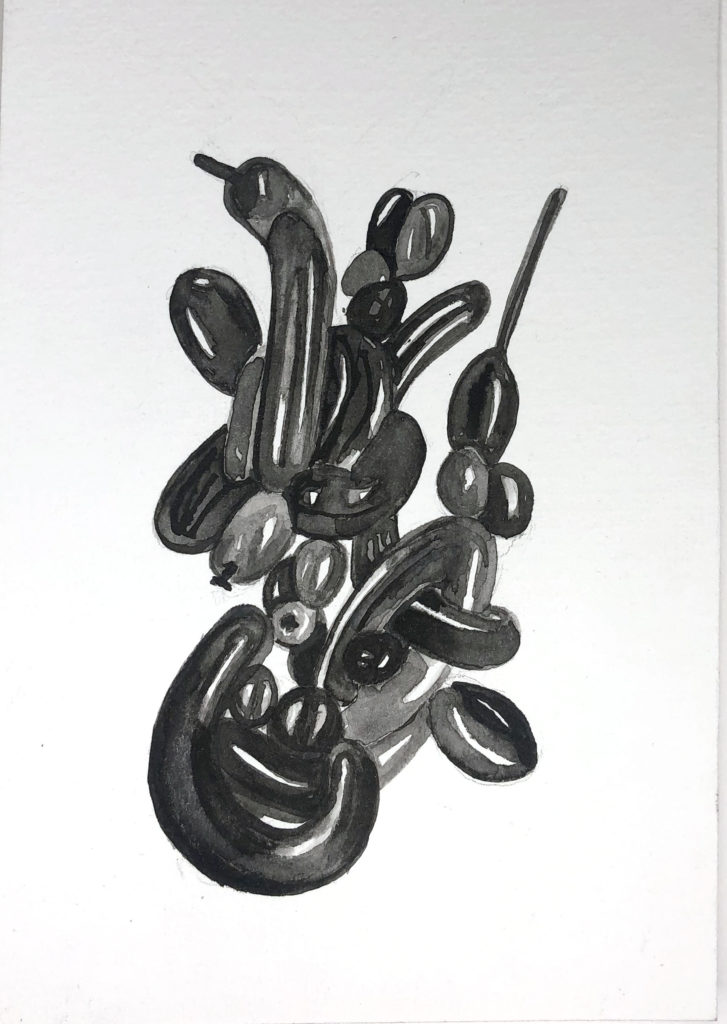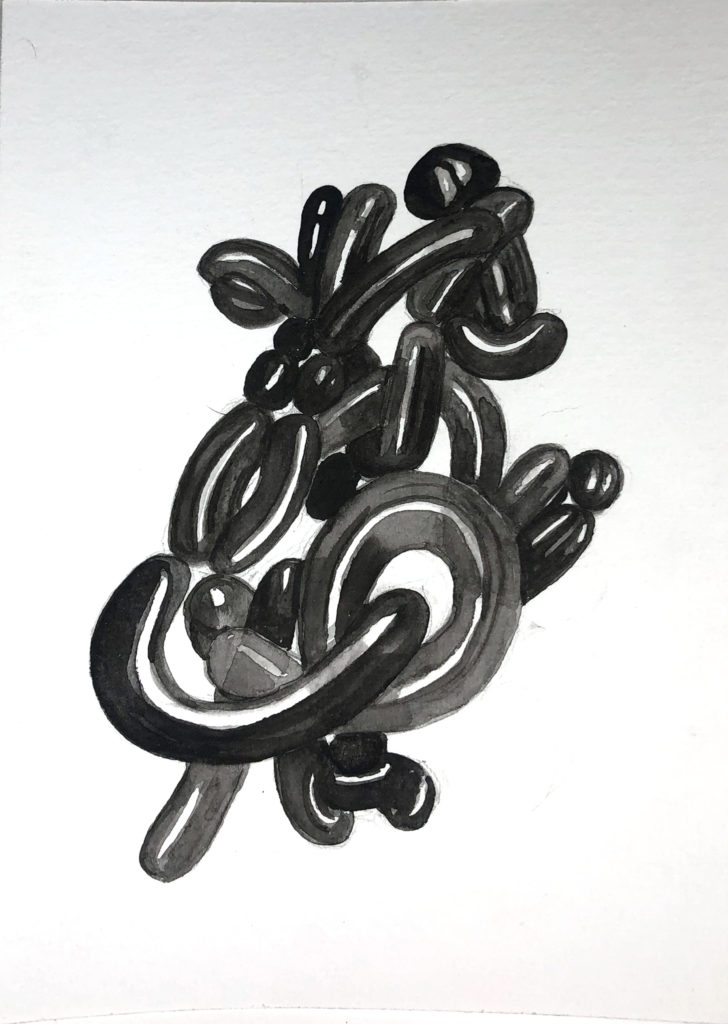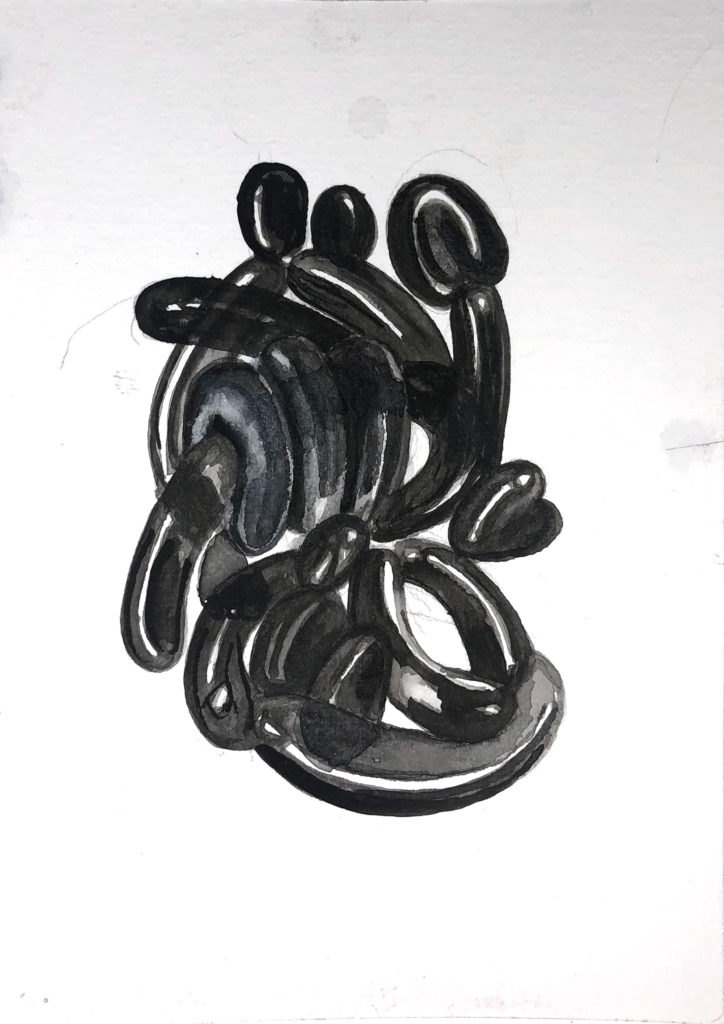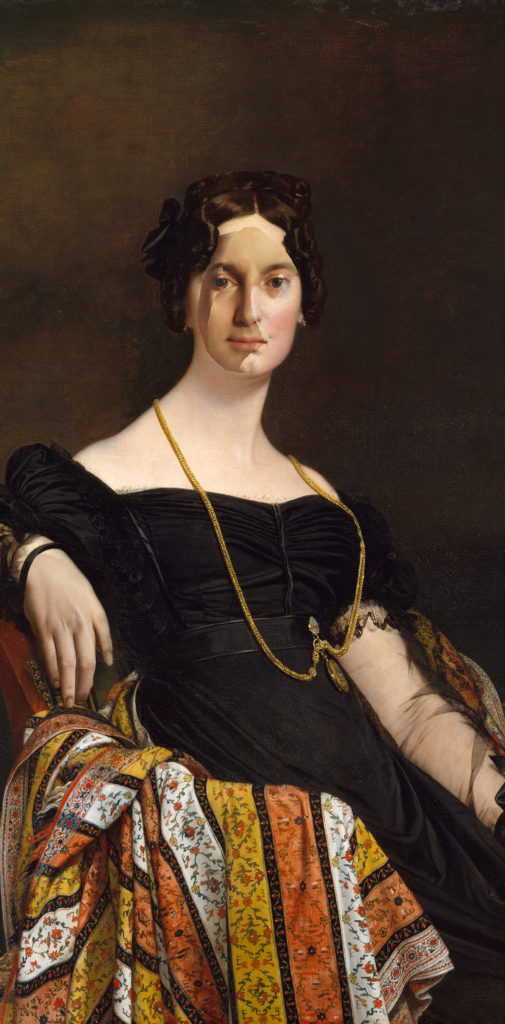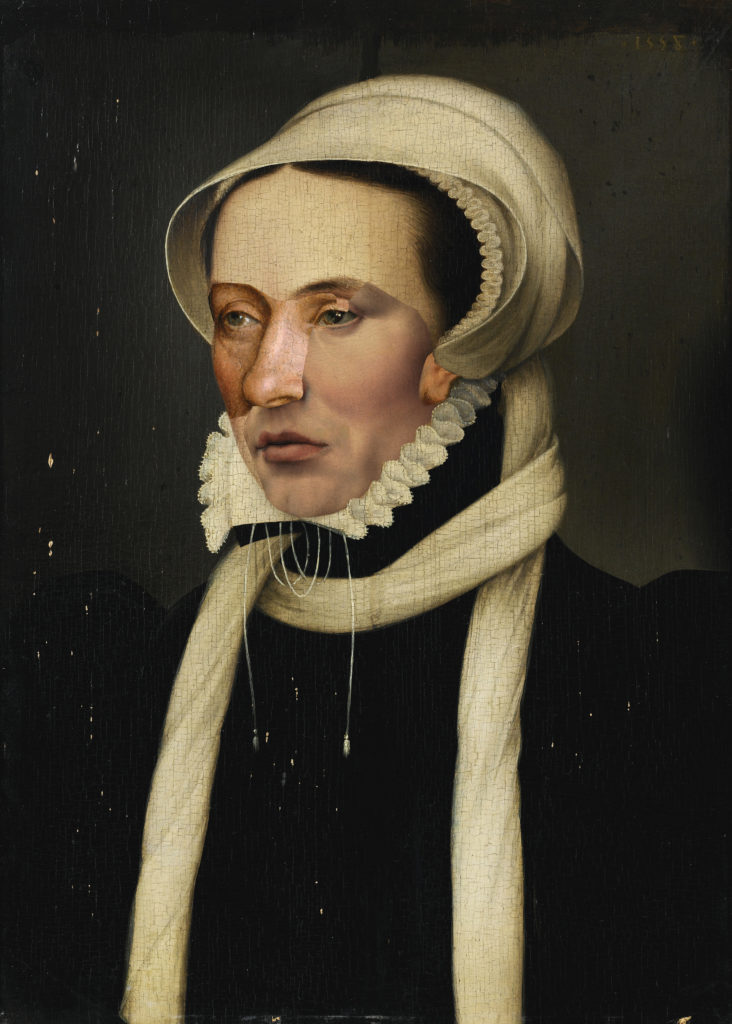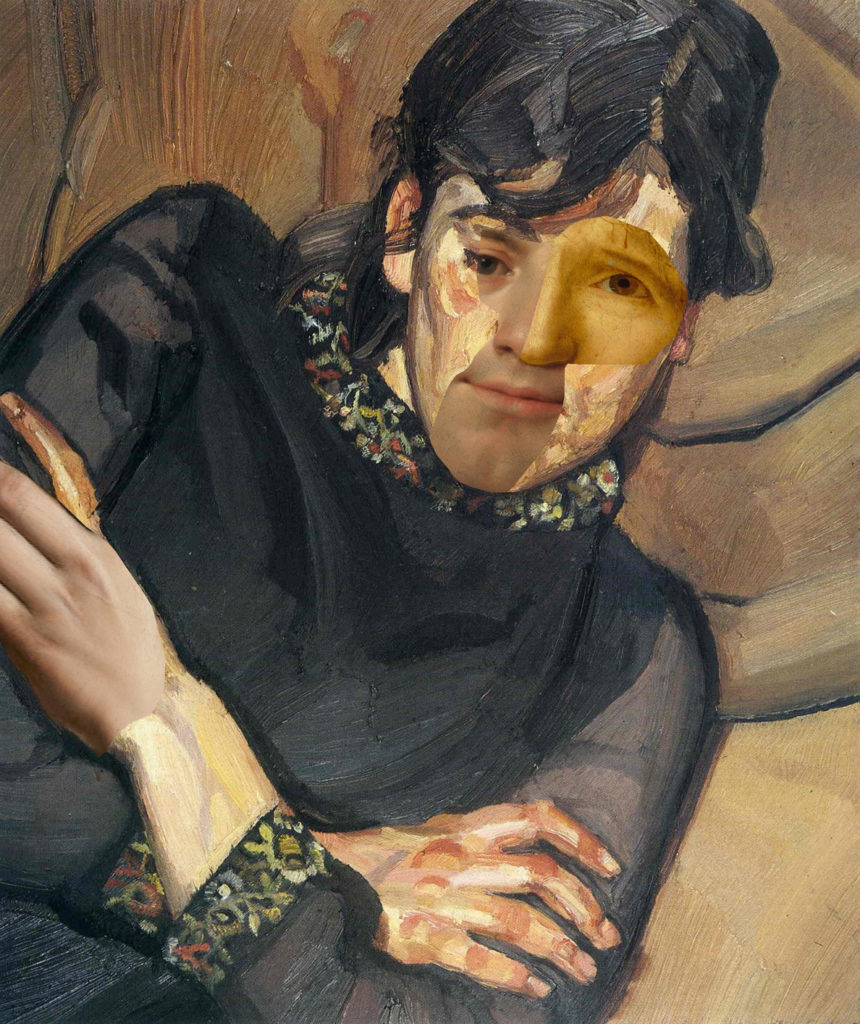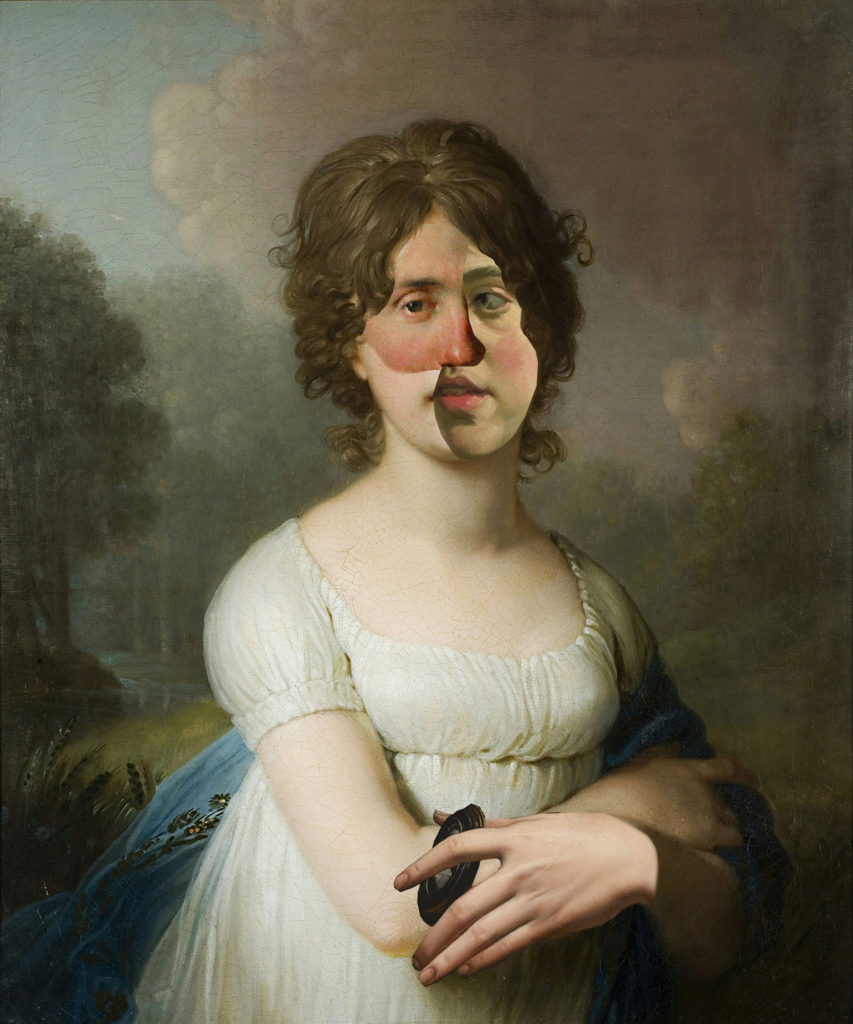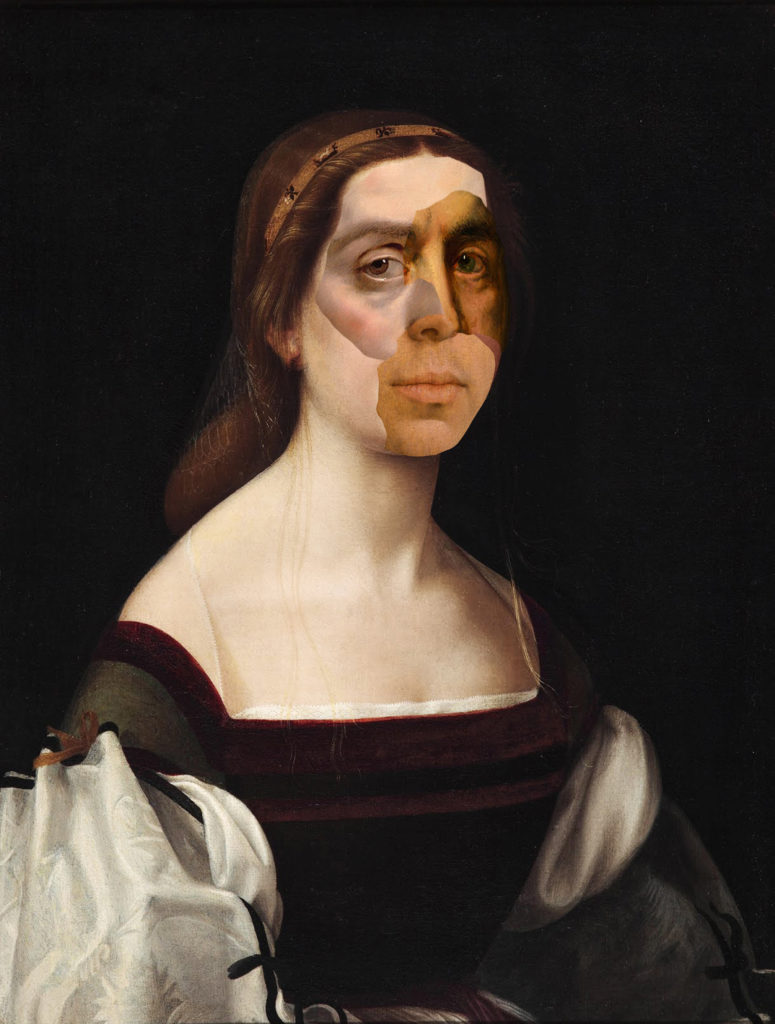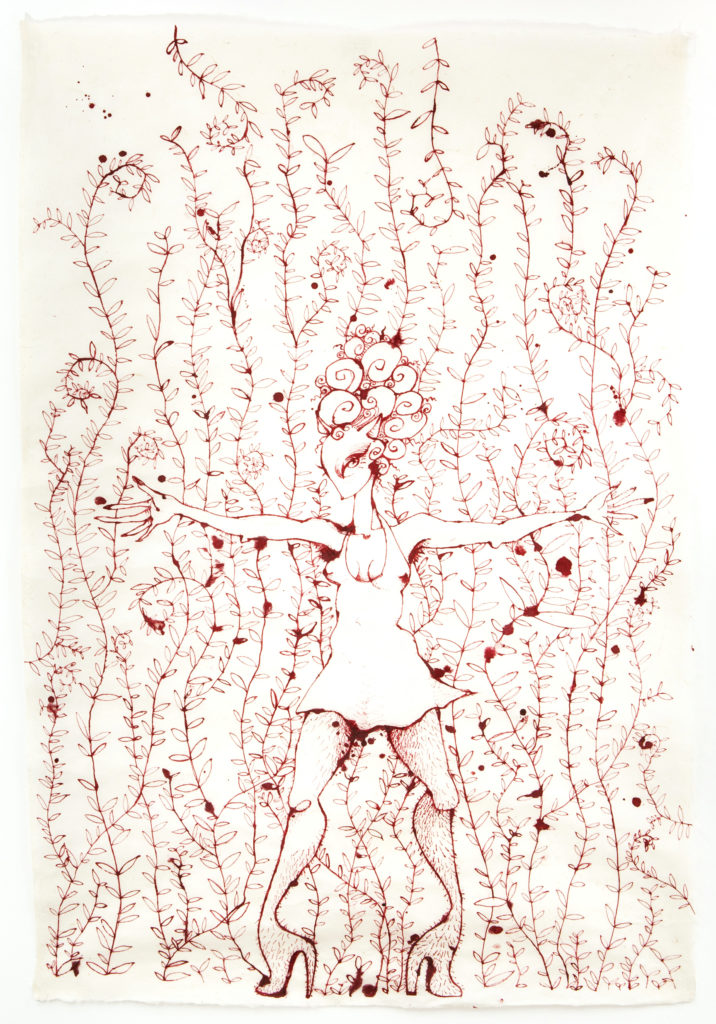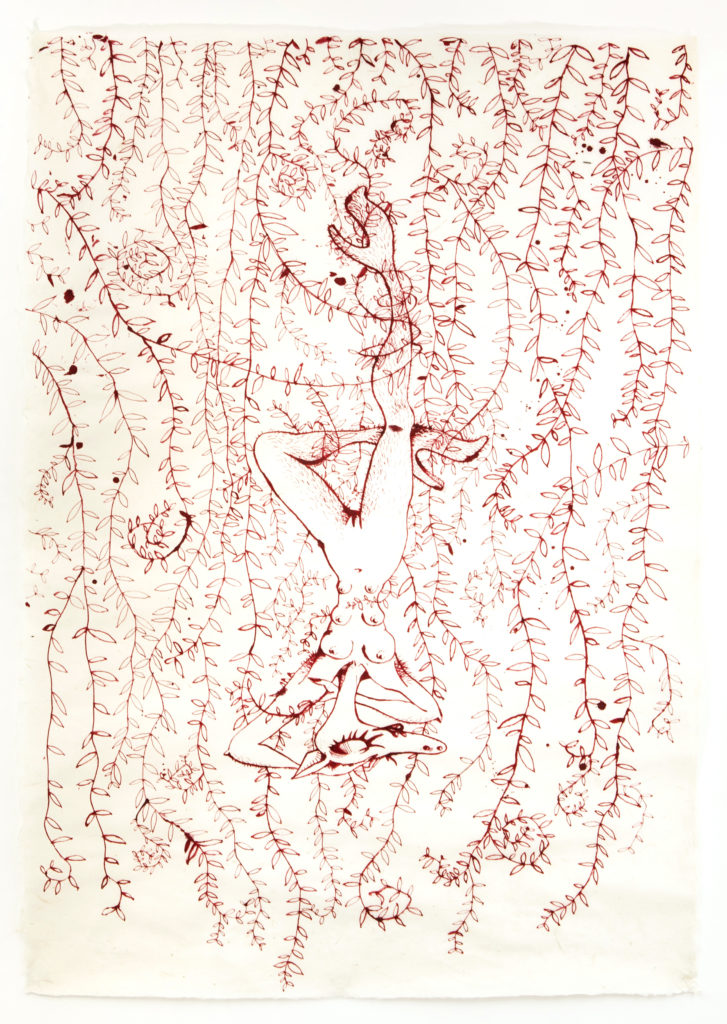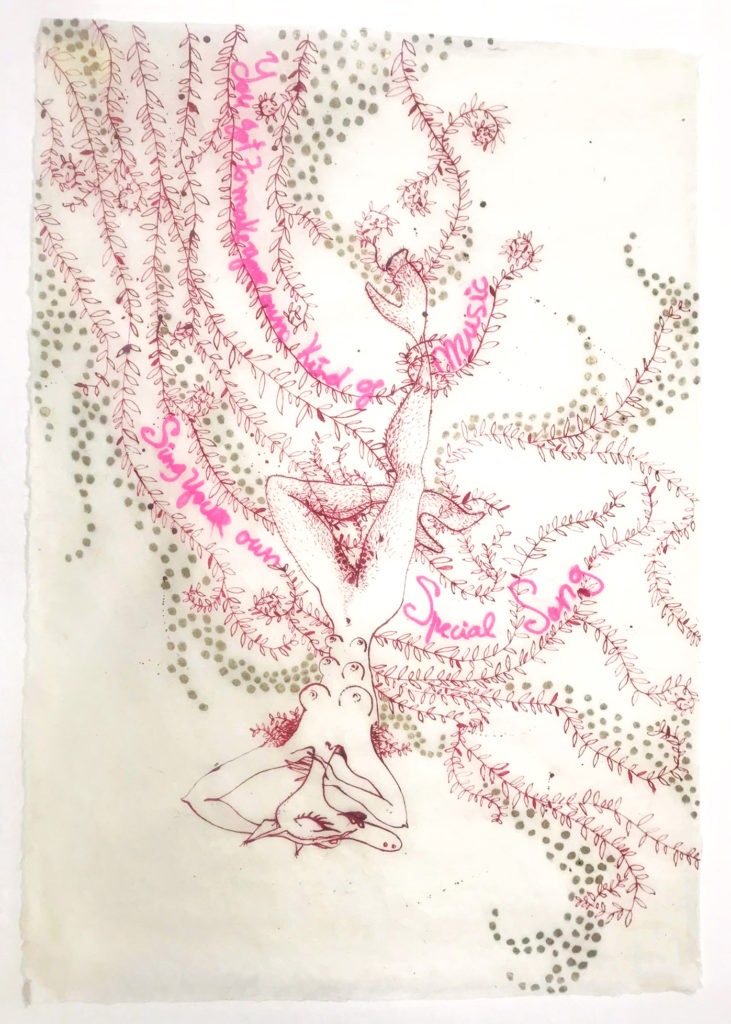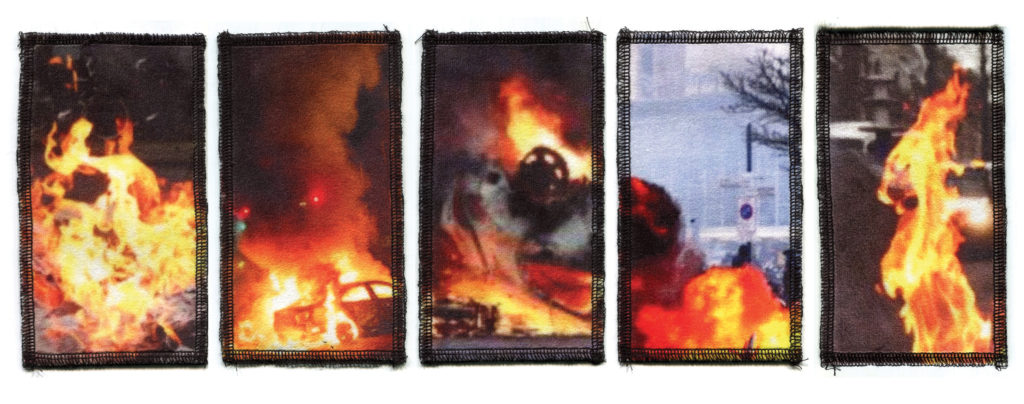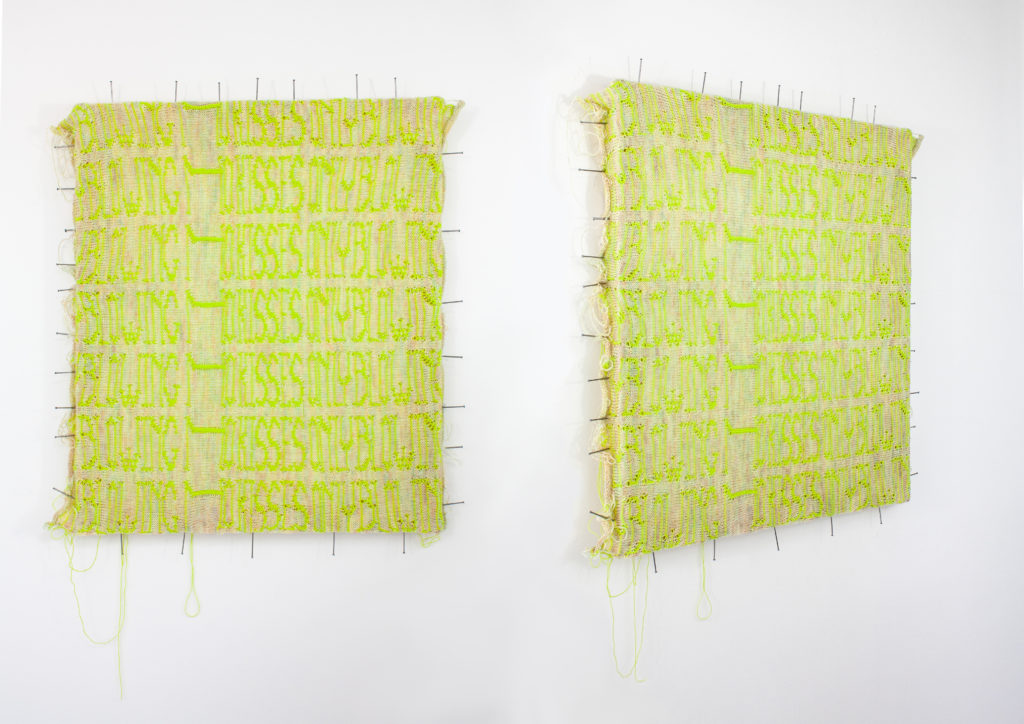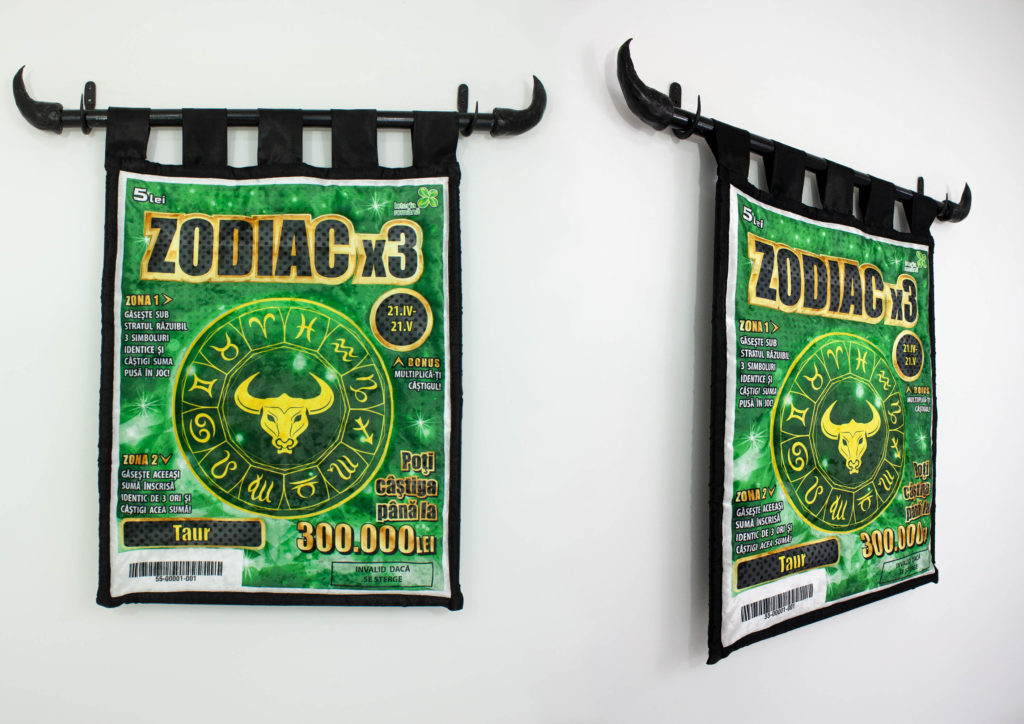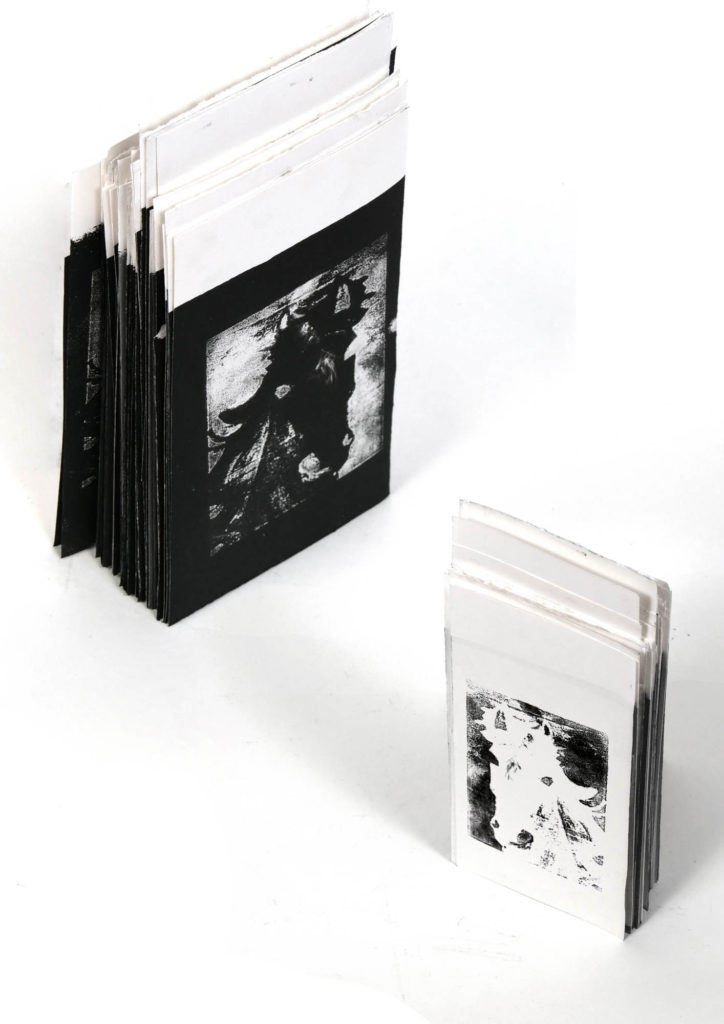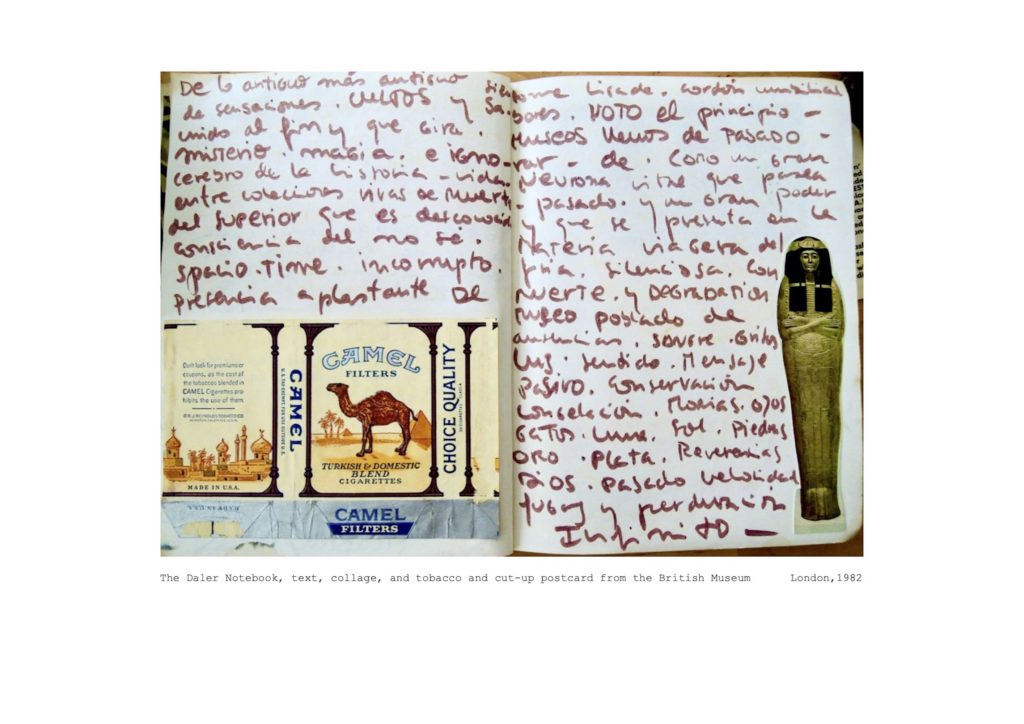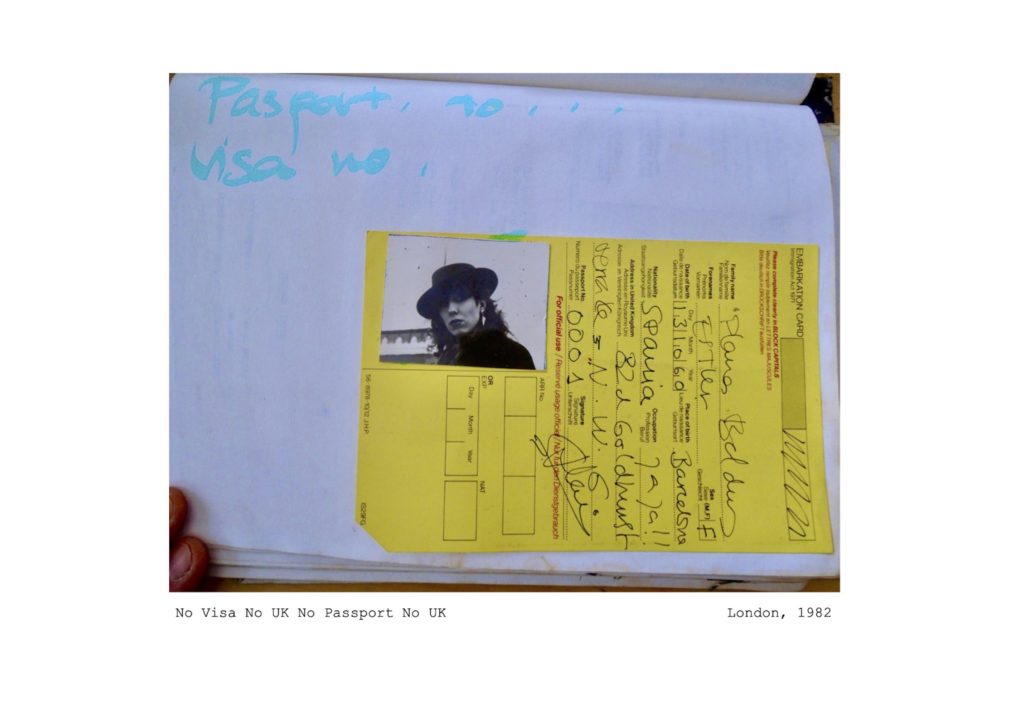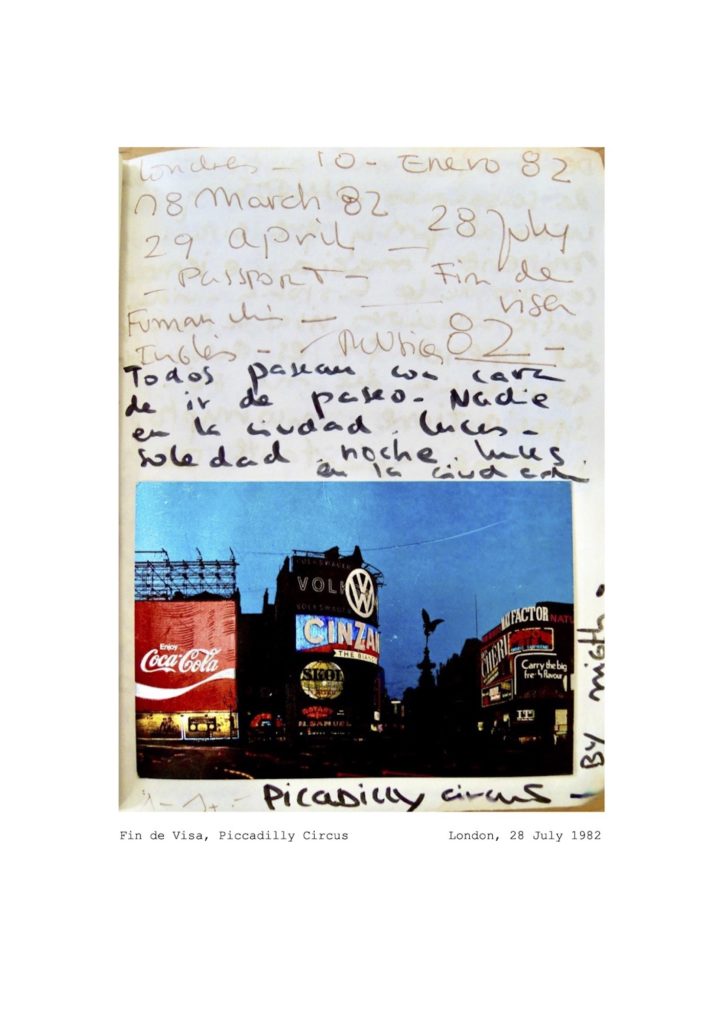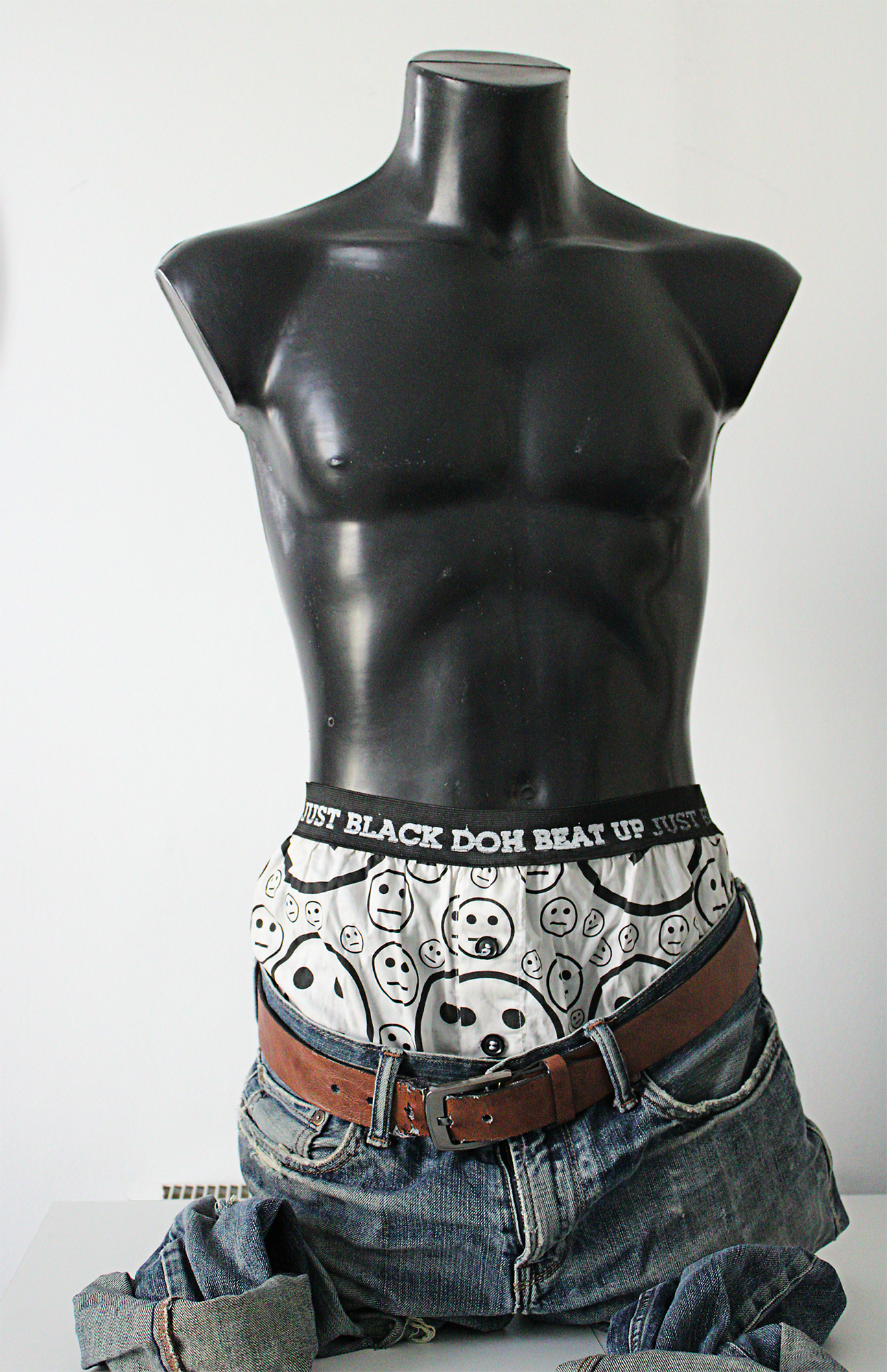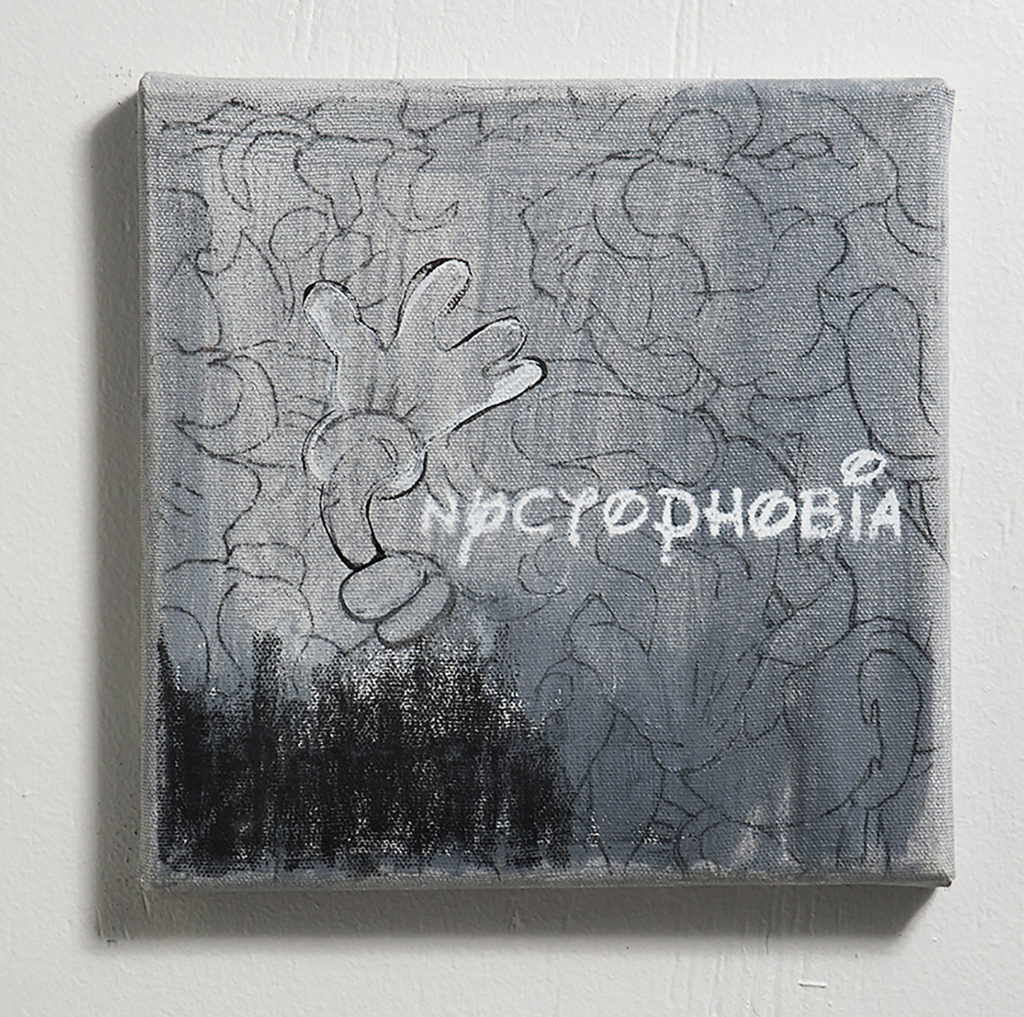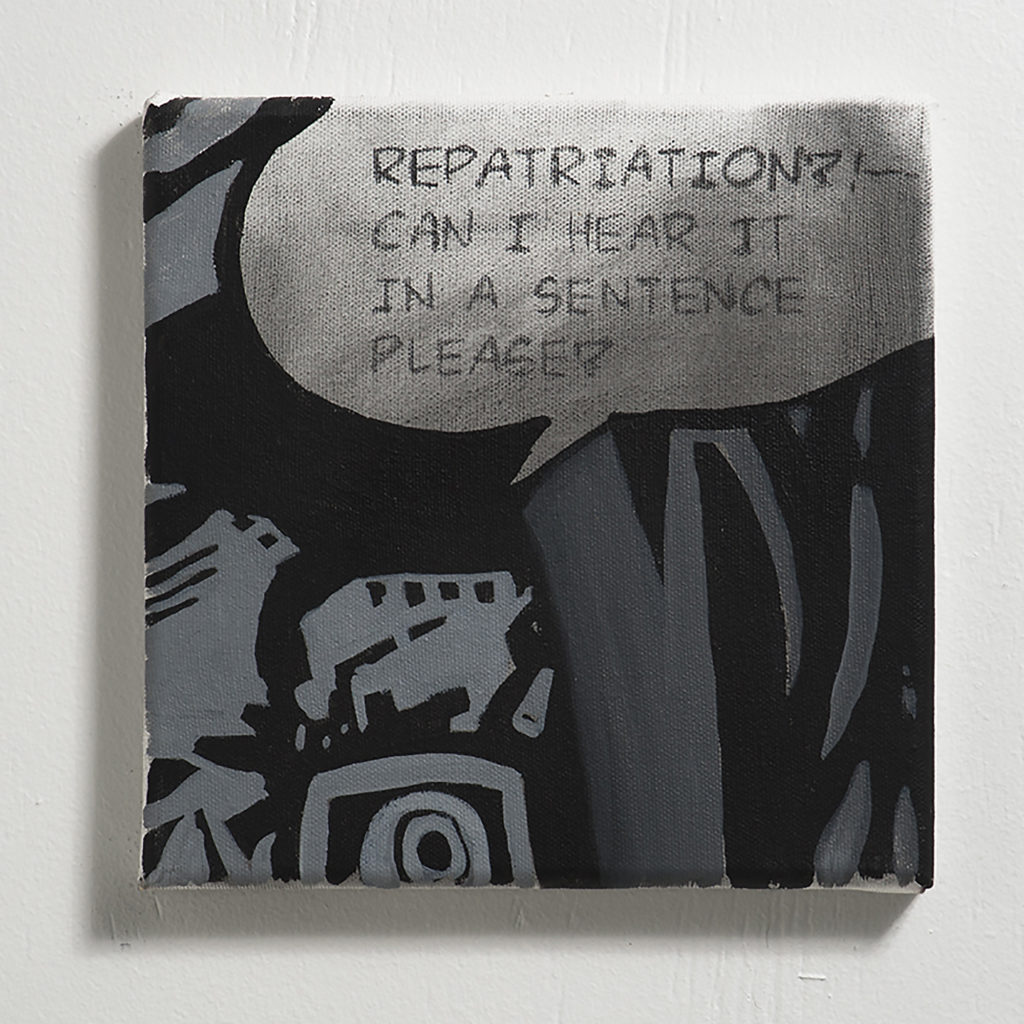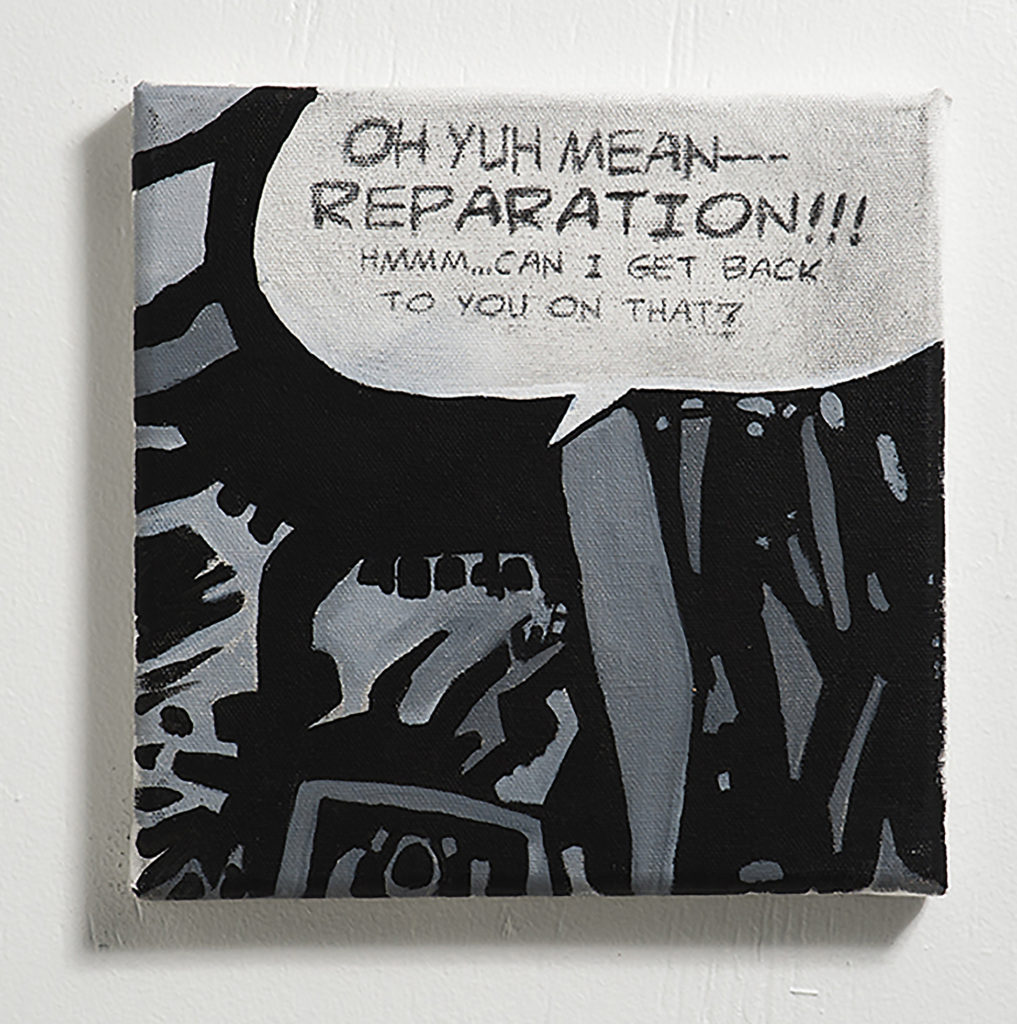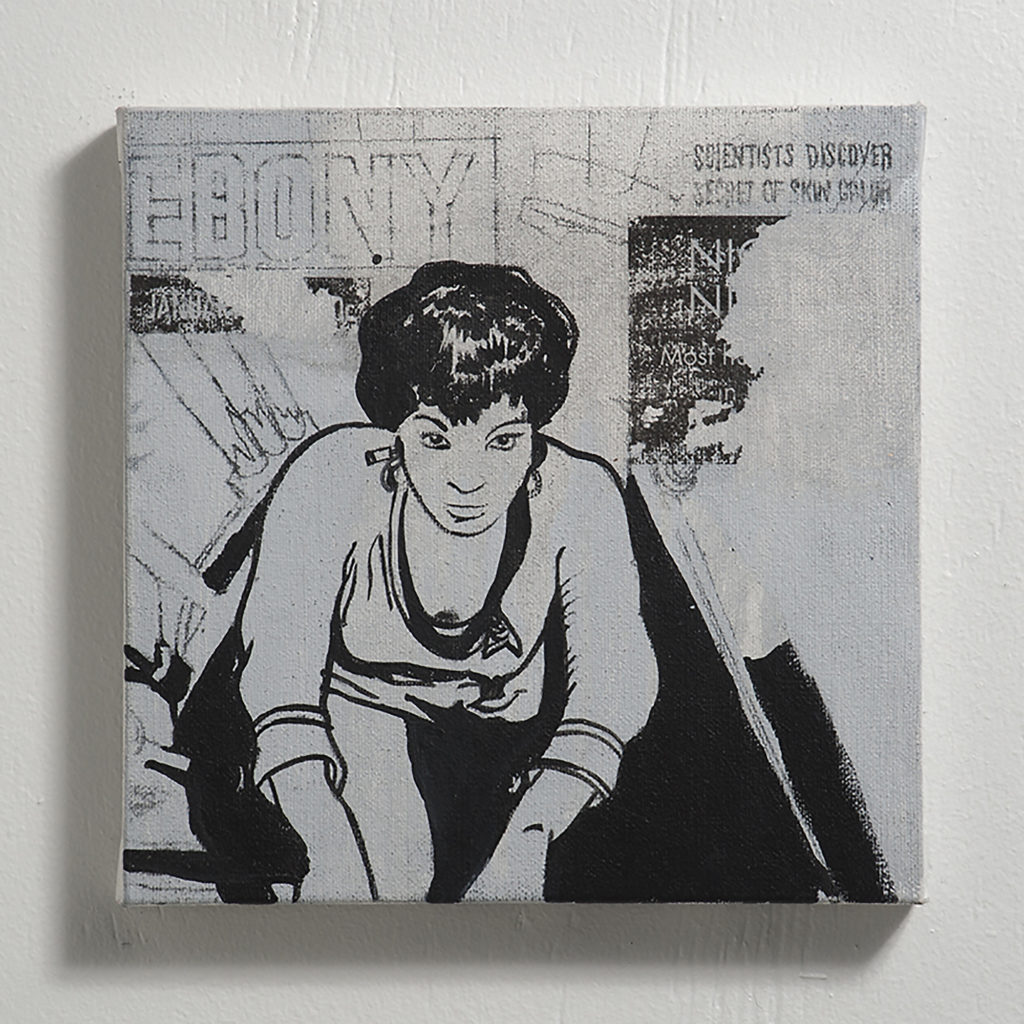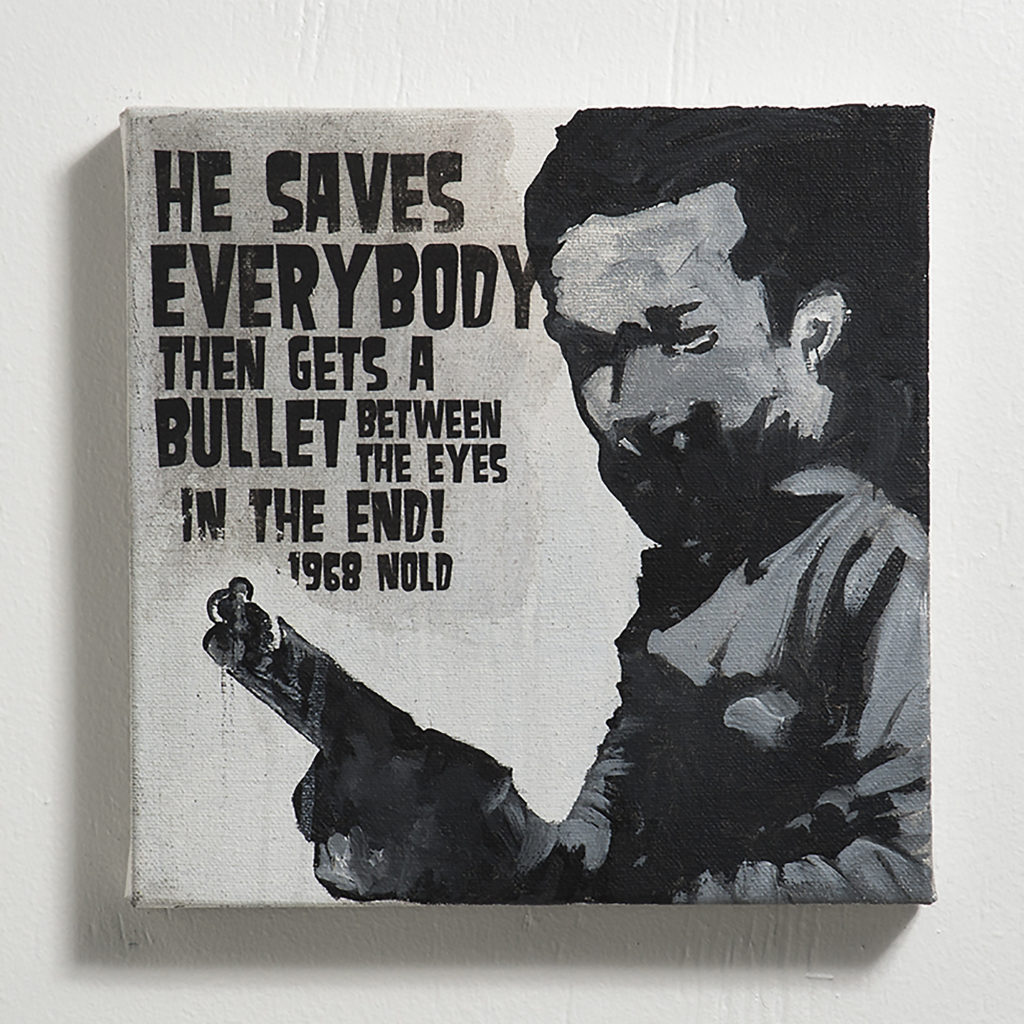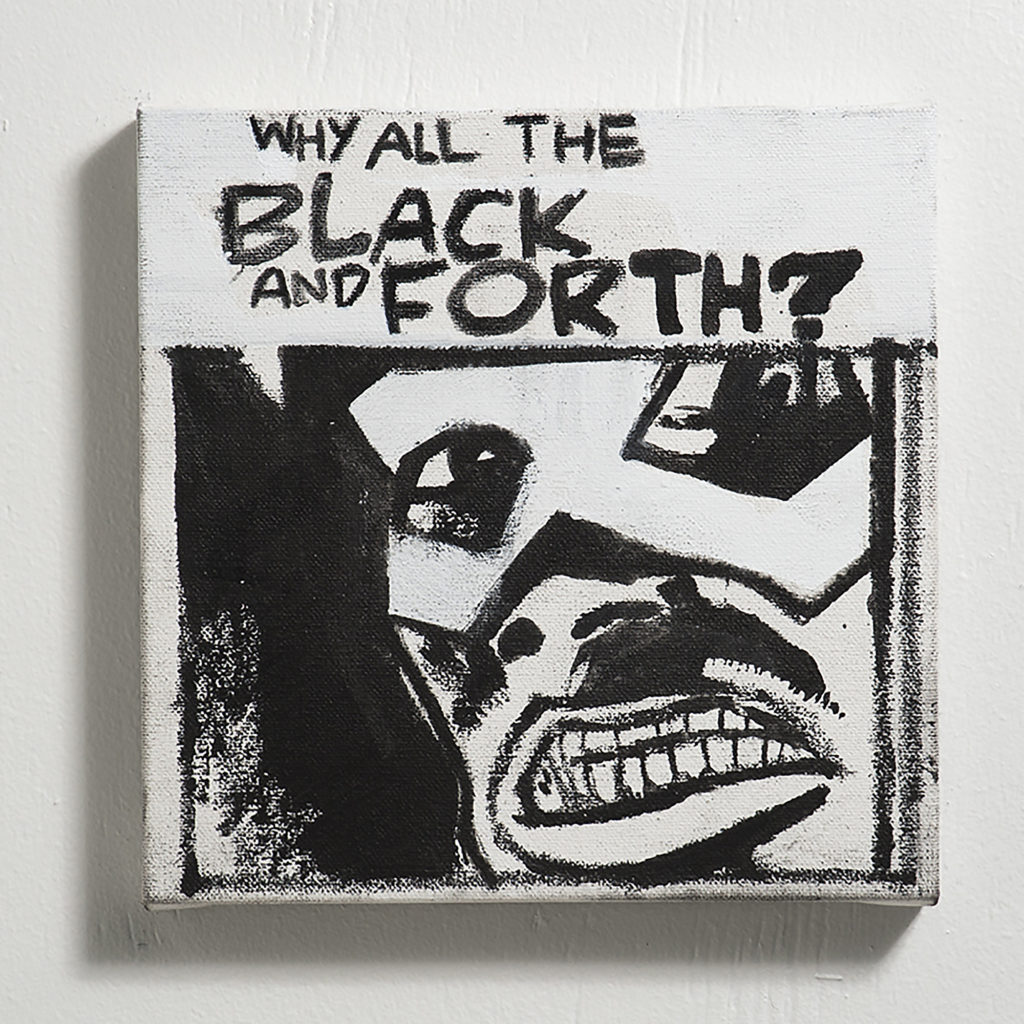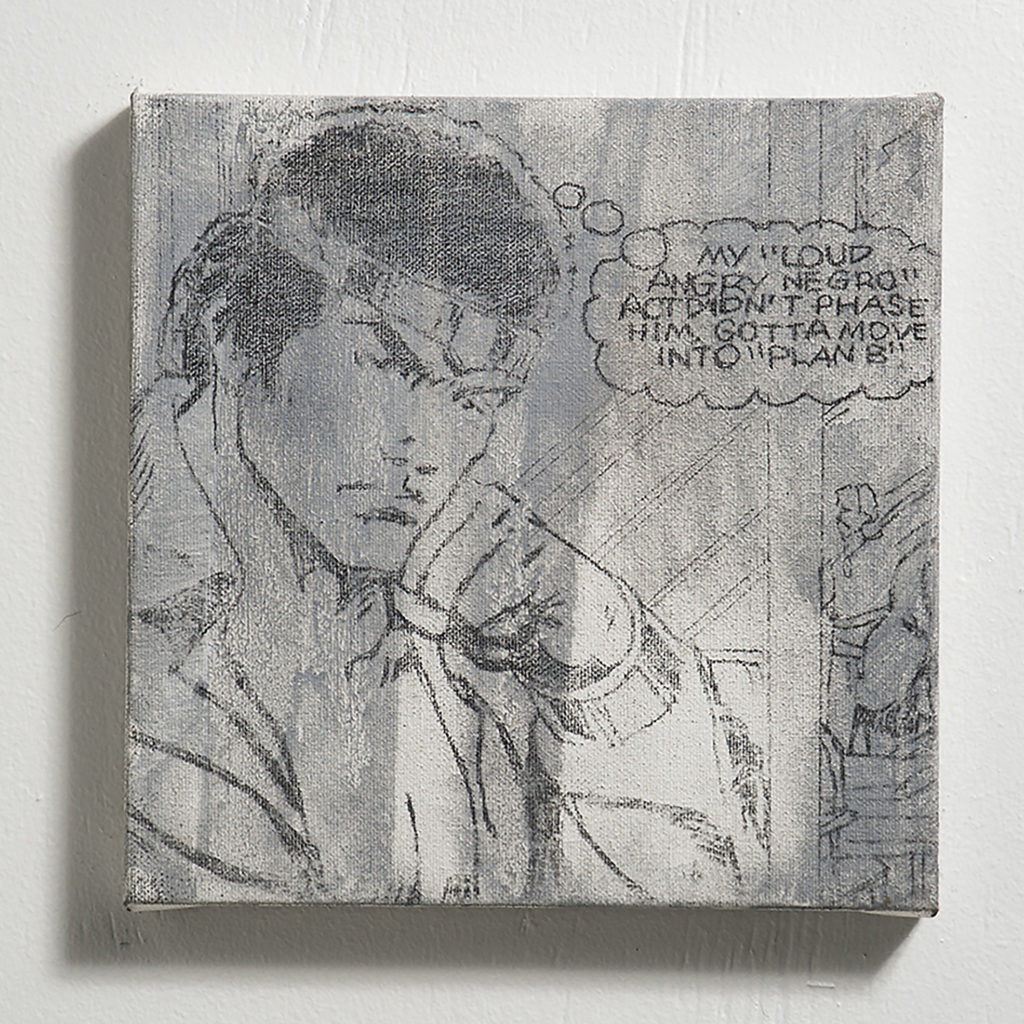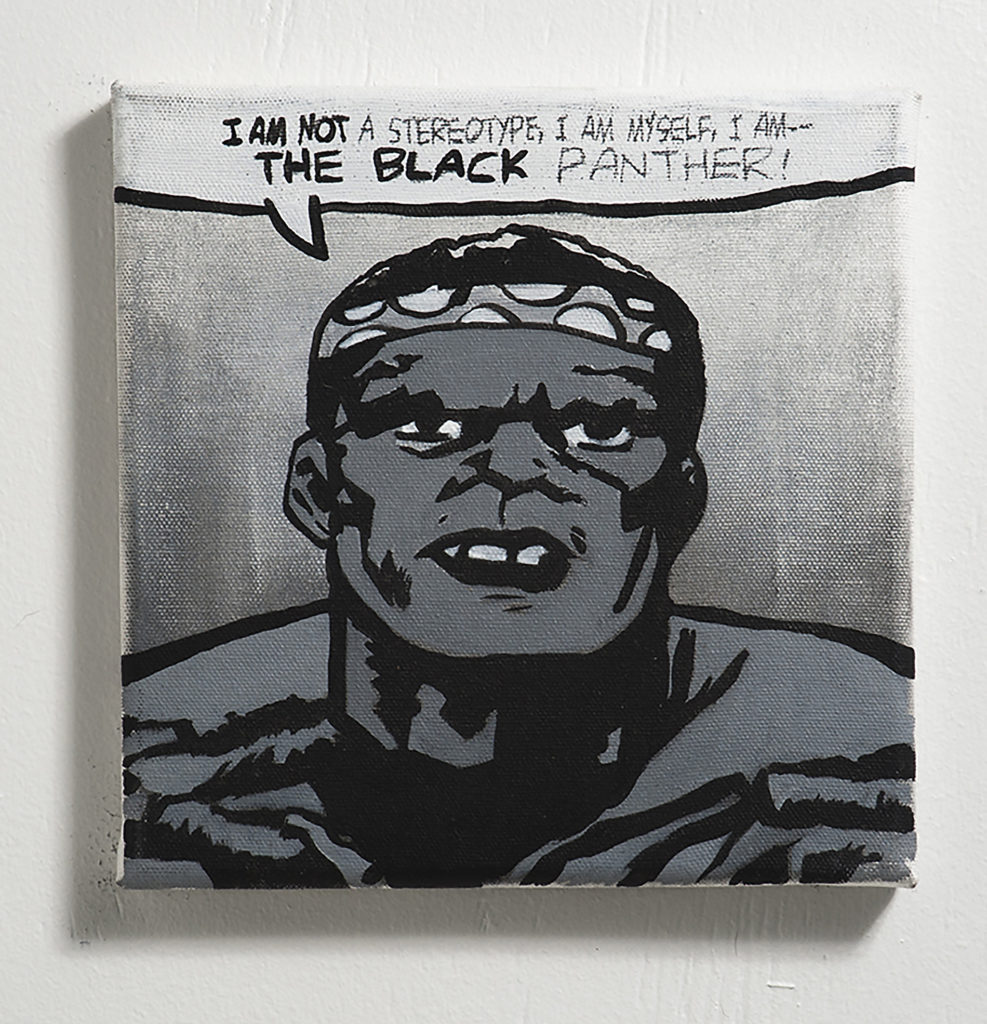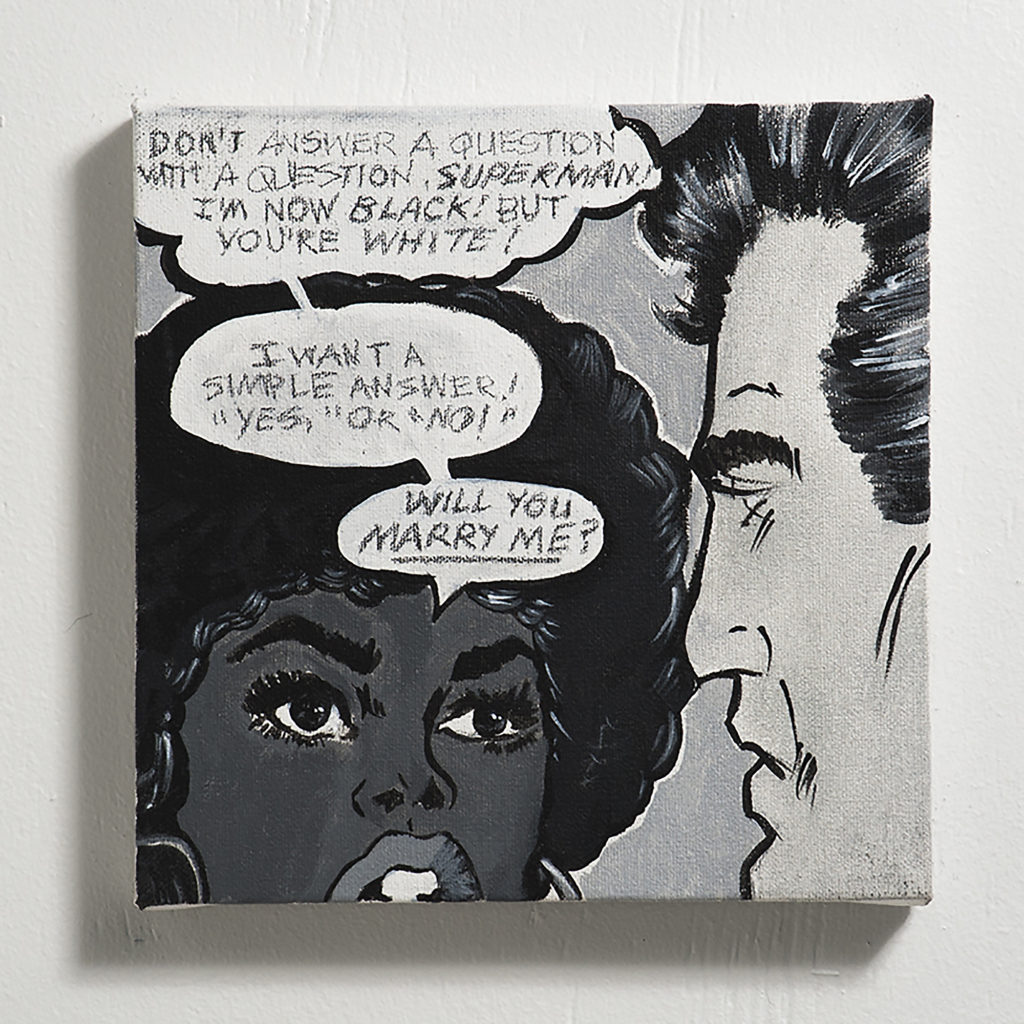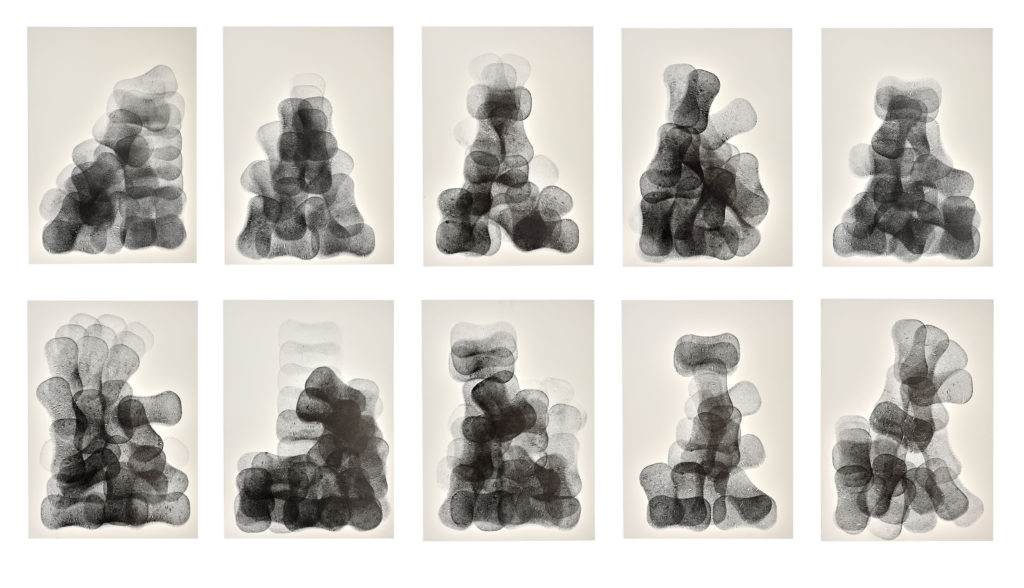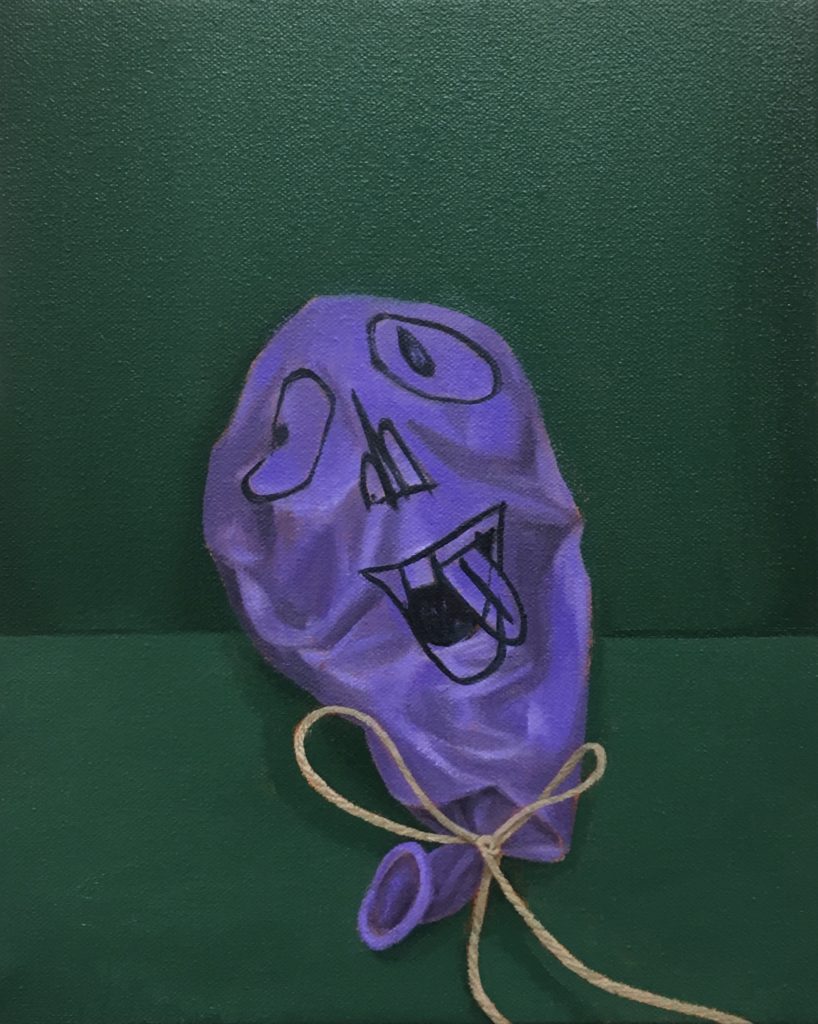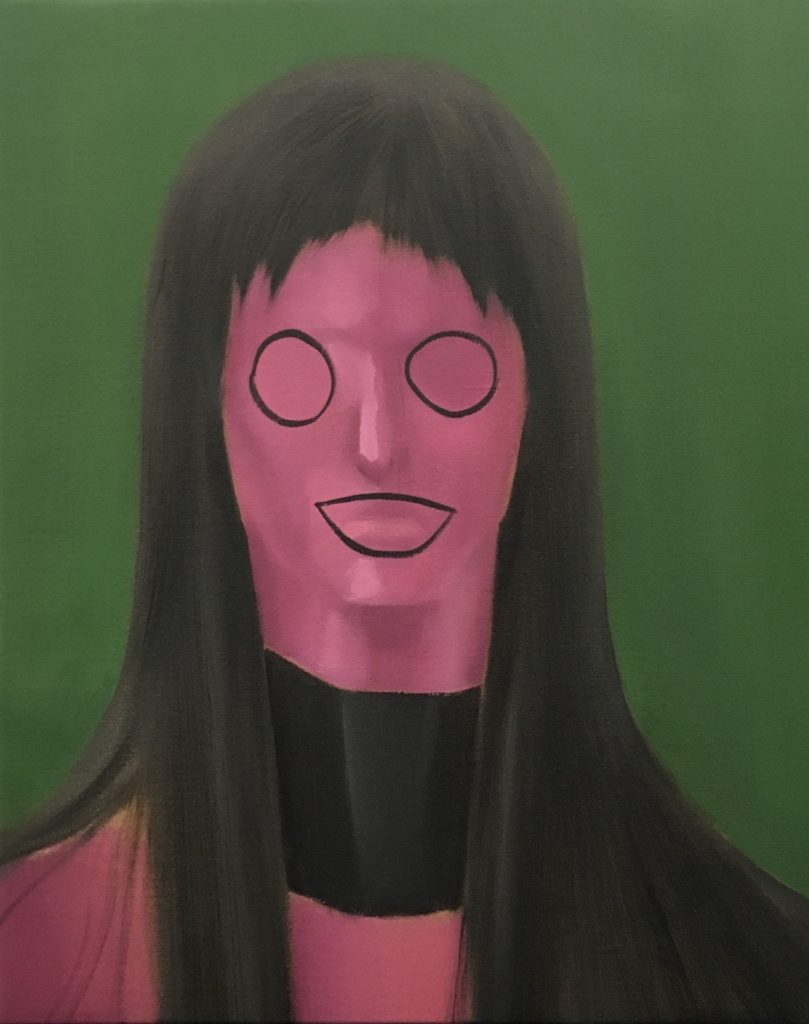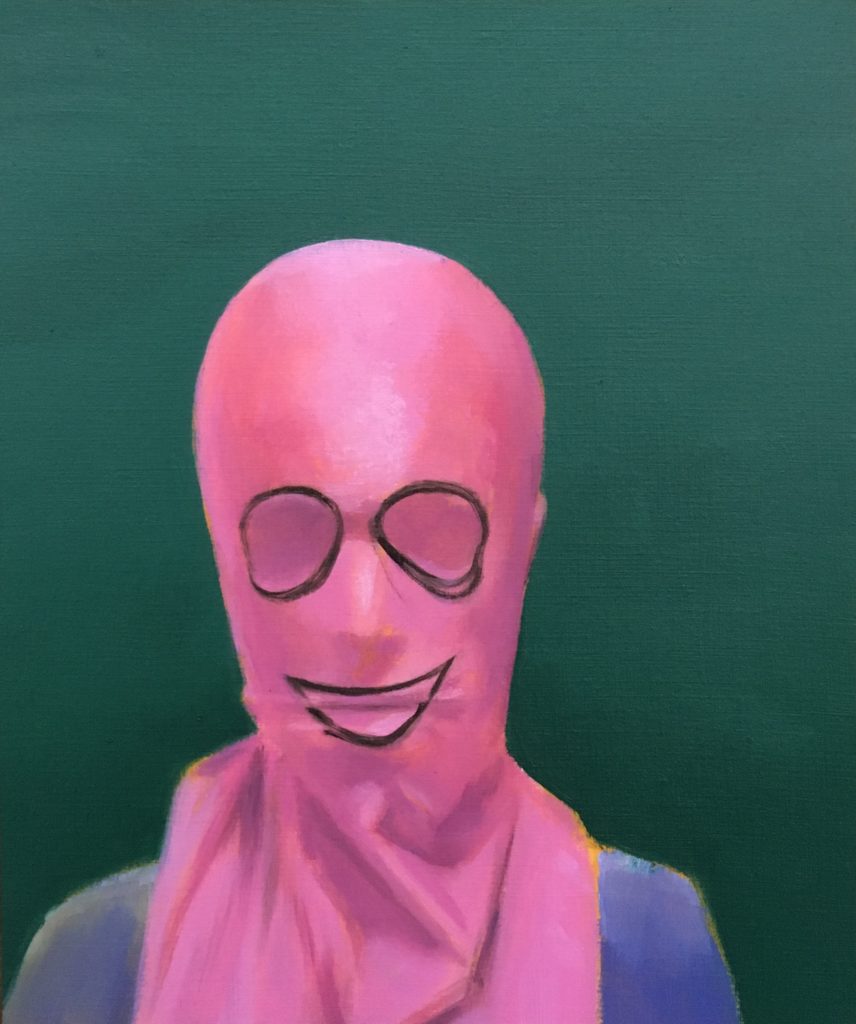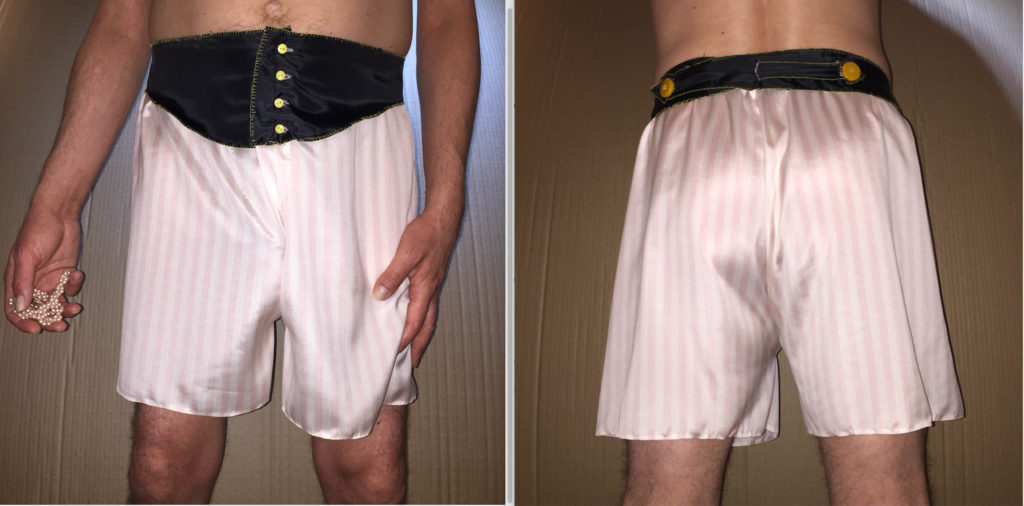Alias
A Five Years & Darling Pearls & Co Collaboration
Text in Greek here / Translation by Niki Papakonstantinopoulou <3
2060BC / Carly / Colette / Denise Alves-Rodrigues / Itziar Bilbao Urrutia / Rolina E. Blok / Koenraad Claes / Leigh Clarke / Holly Crawford / Warren Garland / Marcia Beatriz Granero / Stewart Home / Marc Hulson / Esther Planas / Artemis Potamianou (Άρτεμις Ποταμιάνου) / Richard Mark Rawlins / Alex Schady / Lee Wells
Curated by Rolina E. Blok, Alessandra Falbo & Marc Hulson
Online from 27 May to 10 June 2021
+
Vimeo On Demand Dedicated Screening Programme w/ films by 2060BC / Itziar Bilbao Urrutia / Warren Garland / Stewart Home / Alex Schady / Lee Wells
&

&
Zoom Talk and Q&A coordinated by Alessandra Falbo: “Unicorn vs Medusa / Art vs Porn: the same old story” with Holly Crawford (artist and art historian), Misha Mayfair (artist, porn actress and activist), Itziar Bilbao Urrutia (artist, pornographer and activist), Stewart Home (artist, art historian and activist).
Join Zoom Meeting on May 30, 2021 05:00 PM Athens / 03:00 PM London / 10:00 AM New York / 11:00 AM São Paulo / 04:00 PM Brussels. https://us02web.zoom.us/j/81028408214 – Meeting ID: 810 2840 8214 !
The film UNICORN by Itziar Bilbao Urrutia, Misha Mayfair, Stewart Home & Nick Kilby was released here after the talk. This is an 18+ video art piece. It was originally released at a mixed adult/not adult content site. Sadly, that particular site has not yet recovered from the internet outage on 8 June. Do sign up for our mailing list & we’ll update you when the film is back online.
&
Prior Exhibition publication : masc | mask | masque / Four Thousand One Hundred & Eight Masks for One Imposter, by Paul O’Kane – digitally available @ Five Years & in collaboration with IFAC Arts on Artsy !
For Platforms Net 2021 Five Years and Darling Pearls & Co present Alias, an international group show including artists based in the USA, UK, Brazil, Greece and Belgium. Selected by Rolina E. Blok, Alessandra Falbo and Marc Hulson, Alias continues a conversation on the shifting themes of self as other / other as self, begun last year with the exhibition and publication masc | mask | masque. While the first exhibition’s title played on the semantic and homophonous relationship between the three words that composed it, interweaving themes of concealment, disguise and gender identity, Alias evokes the alter ego and its plural manifestation in the practices of the artists involved.
Alias also extends themes addressed in Eaux d’Artifice (IFAC Athina 2019), a selection of works that explored transformations in current perceptions of celebrity. Many of the works within the three shows have a modus-operandi in common that is ritual or ceremonial and are executed performatively and/or in first person.
An alias is an assumed identity and disguise is a form of medium. Some of the artists within this group explore approximations between art and life through invented or assigned personas; others interrogate the media of identification, playing with incognito indexes through material disguises, shifts of context or subtle acts of détournement. Through these shifts in either the realms within which the medium registers or the register itself (what is recorded and consequently the way it is perceived or identified), the exhibition’s themes are entangled within real life actions, between fictional narratives and across divergent environments.
2. In “Justine and the Victorian Punks” (Records from the Story of my Life Series) -1978 – the visual arts band Justine and the Victorian Punks poses at their first appearance at MoMA PS1, January 1978. © Colette.
The series “Records from the Story of My Life” officially started in January, 1978. Soon after staging her own death at the Whitney Museum, Colette resurrected as “Justine and the Victorian Punks”, her first visual arts band, @ MoMa PS1. Justine, also known as the head of the Colette is Dead Co., was a prominent presence in NYC’s trendy nightclubs of that time: The Mudd Club, Danceteria, etc. She was pivotal in bringing art into nightlife while introducing a “New Look” that often led fashion trends. Each of her personas is a muse, offering inspiration, a fresh perspective and (always) a positive attitude towards whatever challenges we may be facing personally and collectively.
This ongoing series includes pieces made prior to 78 under her birth name Colette as well as from all of her different performative personas: Justine of the Colette is Dead Co. (NYC; 1978-83), Mata Hari & the Stolen Potatoes (Berlin; 1984-1985), Countess Reichenbach (The Bavarian Adventure; 1986-1991), Olympia (House of Olympia; 1992-2000), Lumière (Laboratoire Lumière; 2001-2020) and Victoire (People of Victory; Dec. 2020-now). Meet them at her current solo show here <3. While her series of new beginnings made her known as an “Art Pirate” her poetic occupations of space made her a recognised pioneer of installation art.
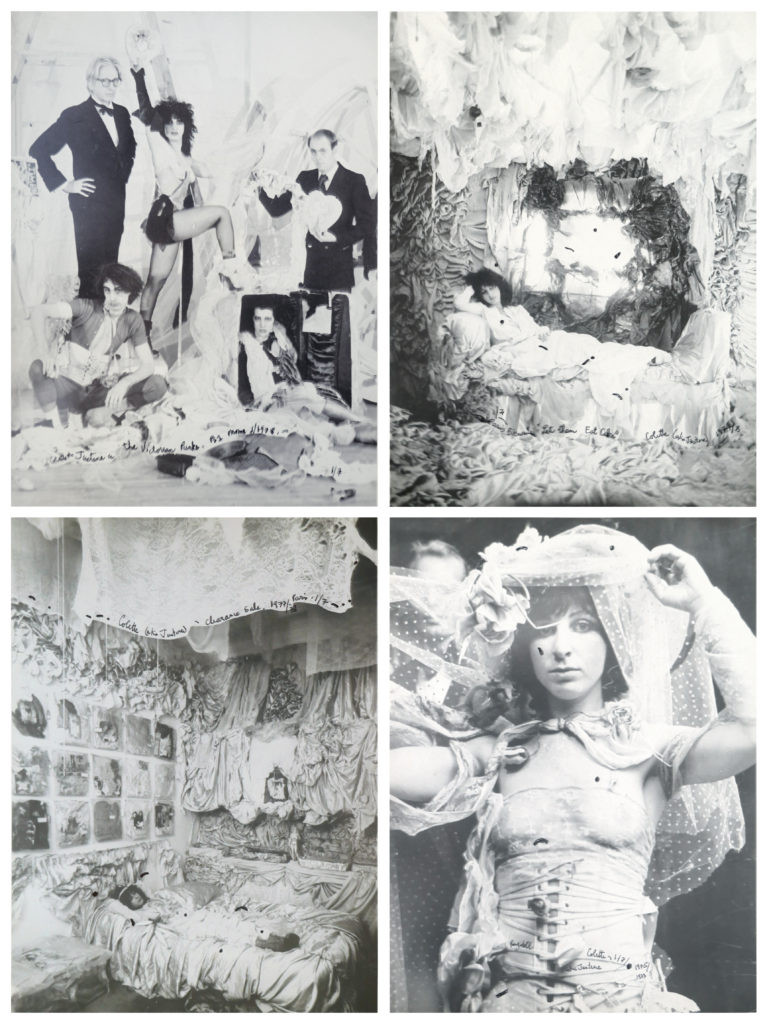
1. Justine and the Victorian Punks (Reverse Pop Series), Offset Lithograph, 1978.© Colette.
2. Let Them Eat Cake (Marie Antoinette au Petit Trianon – Reverse Pop Series), Offset Lithograph, 1977. © Colette.
3. Clearance Sale (Reverse Pop Series), Offset Lithograph, 1977. © Colette.
4. “Ragdoll”… Rizzioli’s “Fashion as Fantasy” (Reverse Pop Series), Offset Lithograph, 1975. © Colette.
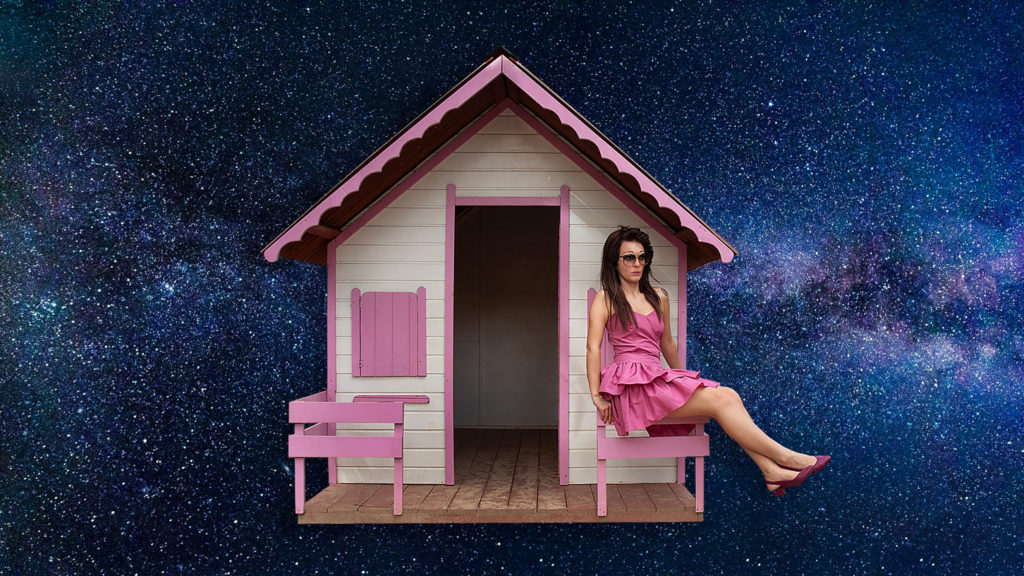
JAQUE em CASA is an ongoing series by Marcia Beatriz Granero consisting of video calls between Jaque Jolene, the artist’s fictional partly autobiographical character, and curators of her work. Jaque’s character, we know, represents a silent Brazilian socialite. Her silence is both a critique of Brazilian patriarchal society and a device she employs to research economic, political and societal structures. Every word, text and voice given to Jaque Jolene were elaborated by curators of her works. In photographs, video art pieces and installations the persona famously features in performative actions as she visits historical buildings where cultural institutions are established. In these pieces cinematic language is explored not in order to undermine the fallacies of cinematic constructions but as a subtle way of expressing her findings about her surroundings. The video calls & photos that make part of JAQUE em CASA took place between May and June 2020, during the pandemic, while Jaque was [& continues] in spontaneous lockdown at her home in São Paulo, Brazil. They are available for free at the artist’s Instagram account as a way of communicating more directly with her fans on social media. This far curators include Priscila Arantes, Alessandra Falbo, Paula Braga, Jacqueline Melo e Laly Martín Sánchez.
.
Lee Wells, Critical Actors 2.11, 6’14”, March 20, 2021
Critical Actors is a term usually given to activists, politicians, celebrities, and artists for their cultural influence. Today, new semi-sentient artificial intelligences take on an even more human role. They are rapidly advancing and evolving by creating their own languages, communities, monetary exchanges, philosophy, and personalities. From open source cognitive deep neural networks to pop art, deepfake simulations offer us a hallucinogenic view of a near-future hypermodernity.
“the true majesty of general intelligence still awaits our attack. …” – Marvin Minsky
#videoart #contemporaryart #artificialintelligence #gan #deepfake #hypermodern #supermodern #neosituationist #hansonrobotics #davidlynch #criticalactors #platformsproject2021 #ifacarts #ifacathina #darlingpearls
.
Warren Garland, The Four Humours, Welcome To Baltia Series, 2021
Blood-Sanguine, 2021 // 04’58”
Yellow Bile-Choleric, 2021 // 05’03”
Black Bile-Melancholia, 2021 // 04’28”
Phlegm-Phlegmatic, 2021 //05’34”
The Four Humours, Welcome To Baltia (series) is comprised of four video art pieces from Warren Garland‘s ongoing series Welcome To Baltia. Each video art piece uses found footage gathered from the internet to playfully explore the elements, philosophies and remedies that underpin the theory of humouralism and how these affect the mythological island of Baltia during a health emergency.
Blood-Sanguine, Yellow Bile-Choleric, Black Bile-Melancholia and Phlegm-Phlegmatic follow the chronological structure of humouralism. In it, the basic elements of the Empedocles model (air, fire, earth, water) correspond to seasons, sites of formation, and resulting temperaments. The series considers the psychological outlook of the humour which titles each film, how this applies to current day events, the projection of idealist dreams, and the pursuit of a perceived happiness in the future. It attributes our contemporary unrest and social upheaval to a humoural imbalance afflicting the body politic.
The collectables series The Four Humours, Welcome To Baltia accompanies the video art series and the exhibition The Four Humours by Warren Garland on view at Darling Pearls & Co’s website (February-May 2021).
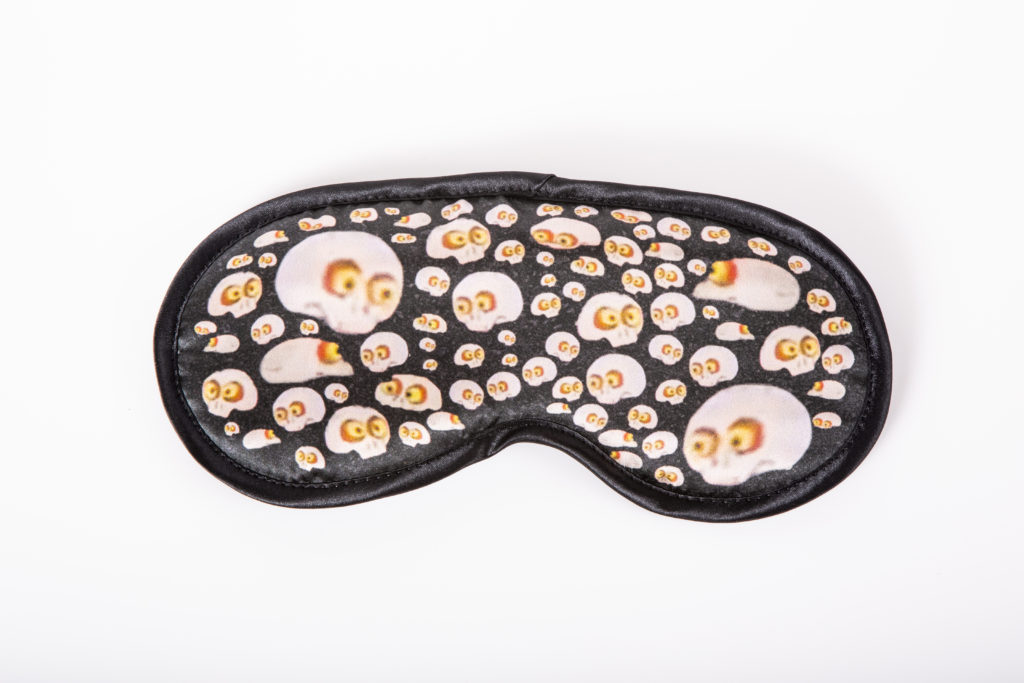
.
2060BC : Koenraad Claes and Rolina E. Blok, Pepi II’s Sacrifice, 09’49”, 2021
The fusion of Koenraad Claes and Rolina E. Blok lies with a common fascination of the human condition in the 21st century. The ephemeral need of entertainment is constantly altering the minds of the public and is an important subject of discussion. Claes is based in Antwerp and Blok is based in London, they have instigated a visual dialogue through email, phone, and post to speak about all that they encounter.
Not too far, but also not close enough. The two artists are separated by a body of water and time; therefore, the artists must go out of their way to communicate, meet, and create.
Depending on the project B and C take the guise of a range of alter egos, all of them variations on the original charlatans that ended a period of disarray and chaos 4080 years ago.
.
Pepi II’s Sacrifice is a collaborative artwork realised by the collective 2060BC. The piece consists of two hand woven scarfs, two flash drive pendants, and an instructional moving image artwork.
A condition in order to purchase this work is that the acquirer shares half the work (one handwoven scarf and one flash drive pendant) with a person of choice, dear to the soul, and to disclose both their identities so that they can be integrated into the artwork (Pepi II and 2060BC can guide them through their everlasting journey of togetherness imperishable by the bounds of space and time).
An edition of one to be shared by two.
2060BC : Koenraad Claes and Rolina E. Blok, intertwined, laser cut intaglio print on plaster, 2021
Excavated, exhumed, and found – intertwined is an artefact which depicts the collective 2060BC at an unidentifiable moment in time. The fragment portrays the collective enthralled and intertwined whilst being protected by their artwork Pepi II’s Sacrifice.
.
Parangolé de Faraday – V.Cz1 is a cloak made of handcrafted Faraday fabric which “uses a copper and nickel composition to achieve an average attenuation of 80dB-120dB from low MHz all the way up to 40GHz. This is the same fabric that is used by military and law enforcement forensics investigators to block all wireless signals, including cell phone, WiFi, Bluetooth, and GPS” and by a general public interested in its protective qualities. The word “Parangolé” which makes part of the piece’s title makes reference to the Brazilian artist Hélio Oiticica’s Parangolés series. From 1964-79 this artist’s practice developed (via the study of Phenomenology) to gradually liberate colour from the picture plane. Colour was then given spatial form. These experiments were part of what he named “habitable paintings”. He negotiated with the world by means of dance, a movement that broke the idea of the art object. A Parangolé is only an active artwork when in use. The cloak made by Denise Alves-Rodrigues allows wave information to touch or not to touch its wearer according to movement. Above she dances with it on, renegotiating the idea of being in a cage by means of dance.
.
“White Chinese silk scarf, hand rolled finished edges, hand embroidery text and symbols with appliqués of pieces of machine embroidered flowers. Tiny initials embroidered in red in the lower right hand corner.
Unique wearable art, first in this series, that is ultimately not permanent. Nothing is permanent. Ephemeral, found text, participatory and collaborative are elements in Crawford’s practice. This piece and others in this series use ancient needle work, usually considered women’s work, piece work.
The text embroidered on this piece changes the context and meaning of the original text— a notice posted on private property—to issues are personal property and boundaries. These issues resonate and allude to my art project The Silence Drew Off, Laughing With Medusa.
The text is from a 1906 scrapbook that belonged to my grandmother who died when my father was 9. Embroidery, ceramic, jigsaw puzzles and participatory performance are used in the series—The Silence Drew Off, Remembrances—that is a forthcoming installation in an attempt to document, engage and illuminate the ephemeral material from this scrapbook. What did she save and how did it reflect that period and resonate with ours?” – Holly Crawford, 2021
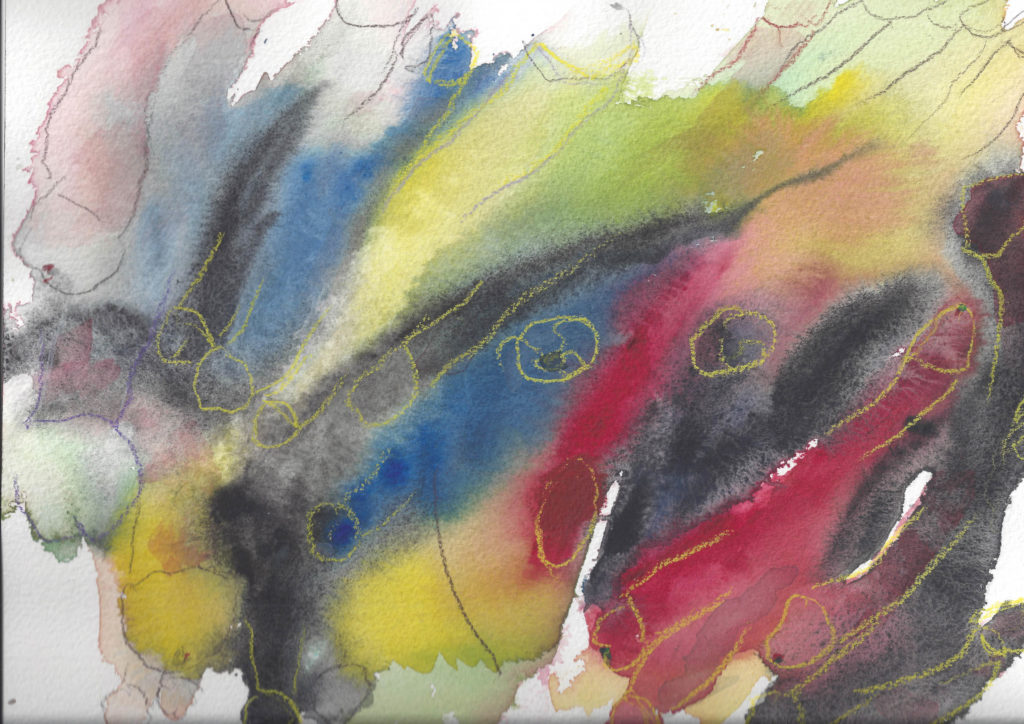
Holly Crawford’s ongoing series The Silence Drew Off, Laughing With Medusa includes over 200 paintings on paper created under the sign of Medusa. Portraits are done in fragile media—WC on paper—but we are not fragile creatures of sugar and spice. Medusa is not nice! Nor quiet. Nor sugar. She is a beautiful and laughing presence. A mortal who was raped by a god and then turned into a Gorgon. She survives as a muse, a sign for powerful women and a symbol for our present age. We are her and she is us.
Each WC features a letter scheme that, indirectly, invokes one or more people who have no voice. The series and also an installation produced with it in 2019 takes its title from a famous quote found in Sylvia Plath’s only novel The Bell Jar. Crawford is intrigued by its status as a roman à clef and the ways in which such an ‘autobiographical’ work simultaneously accuses and exempts the real world figures semi-fictionally depicted in it from any responsibility for the author’s suicide shortly after its first publication in 1963.
The Gift: Several of Crawford‘s art projects have dealt with gifting and art. Given the subject matter of this body of work—power, rape, abuse, and murder—the artist donates 25% of each sale to a charity that helps people selected by the collector. The donations are documented.
The scale of something can often be hard to determine. We understand it comparatively; an object can appear much larger than if placed next to something small. When looking at films, this sense of scale confusion is heightened. We see objects across the flat plane of the image, and their distance to the camera is not always clear. To the viewer, a falling leaf can take on gigantic proportions if close enough to the lens.
For the exhibition Alias, Schady has made a self-portrait of himself as a giant. We see him picking up a series of children and calmly devouring them. He has transformed himself into Saturn, who, by eating his child, performs an act of cannibalism in which he consumes his own flesh and blood.
The giant appears improbably proportioned when compared to the size of the children he feeds on. There is also an inequality of mass, as well as scale, between ogre and infant. The children, flat paper cutouts from glossy magazines, reveal their limited dimensions as they fold and curl while being swallowed into the devourer’s mouth. A 3D body consuming a 2D image of another, the object consuming its own image.
This relationship between object and image is mirrored in the celestial form of Saturn. The sphere of the planet intersected by a circle of rocks that orbit around it. Gravity holds the ring of debris in place, trapping the planetary sphere within the boundary of its 2D cousin: the circle. Image and object bound to one another through space and time. The self and the other intrinsically linked yet separated across different dimensional realities.
Alex Schady, Gargantuan, 13’25”, 2021
.
.
The series title “The Unknown Masterpiece” originates from Honoré de Balzac‘s book of the same name: “The Unknown Masterpiece” (1831). Balzac‘s work describes an encounter between the fictional artists Frenhofer and Porbus (based on real-life court painter Franz Pourbus) as well as the real-life Nicolas Poussin. Admitted by the painter Frenhofer, Poussin visits the distinguished painter Porbus in his studio. In his quest for absolute beauty, the old painter Frenhofer attempts to create the absolute masterpiece. He keeps “improving” his painting for ten years, ending up with an illegible composition, thus destroying his life’s work.
The two central characters of the story, the great maître Frenhofer and the young artist Poussin, were the inspiration and reference for many essays on art and the role of the artist. Frenhofer‘s utter devotion to his art inspired Cézanne, Picasso, Rilke and many other artists. Paul Cézanne in particular strongly identified with him, once saying “Frenhofer, c’est moi” (I am Frenhofer). The book fascinated Picasso enough for him to undertake its illustration in 1921. Indeed, he identified with Frenhofer to such an extent that he moved to the Rue des Grands-Augustins in Paris, where Porbus‘ studio was located. It was there that Picasso painted Guernica. In the encounters between Frenhofer and Poussin there is however another important character: Poussin‘s lover: Gillette. She was the muse and the exchange “object” between the two artists, a tragic figure determined by the decisions and choices of the men in the story.
In Potamianou‘s series “The Unknown Masterpiece”, famous portraits of women that have earned a place in art history for their virtuosity (in painting) are deconstructed and offer an initial “canvas” that is reconverted and recreated by pieces of portraits of famous men. The series constitutes a sharp comment on the position of women in society and the “male” roles they have to adopt. The picture created in the end is a nightmare image, a “hermaphrodite”, a “Frankenstein” monster composed by “perfect” integral parts.
.
.
Sing Your Own Special Song (Red Woman), Wild Woman (Red) – (2020) – and The Hanged Woman (Red) – (2021) – are part of an occasional series of drawings in ink on hand made paper. These are based on themes from her earlier work but super charged for the #metoo generation. 20 years after the first versions of these female characters, half woman, half hairy beast, her subjects have fought for their body autonomy with red teeth and claws, and won.
Stewart Home and Itziar Bilbao Urrutia, Sexus Maleficarum (Screening), 2020
Sexus Maleficarum (Screening) by Stewart Home & Itziar Bilbao Urrutia includes two video art pieces by each artist which they produced for the art exhibition of the same title (13 September – 13 December 2020/Darling Pearls & Co, London), referencing Heinrich Kramer’s Malleus Maleficarum (1st published in 1486). The series of artworks within the show consisted of completely made-up rituals with the power to bless or hex our cursed present.
Stewart Home, Magic Art Money Launderer & Multi-Gym, 05’28”, 2020
Itziar Bilbao Urrutia, Gin Broth Rhubarb Rhubarb Gin, 05’21’’, 2020
Stewart Home, Sweep Out Patriarchy With Kotadama, 03’47’’, 2020
Itziar Bilbao Urrutia, She Blesses The Land, 05’22’’, 2020
Magic Art Money Launderer & Multi-Gym (2020) is a humorous film in which Stewart Home explains why an ensemble of an ironing board, two flat irons and a laundry basket transformed into art are worth nearly £10,000. Art is often bought for the purpose of money laundering but new rules mean that those who buy works valued at £10,000 and over now have to produce ID before the purchase in a bid to prevent this. This work is priced a penny under the price at which ID must be produced and consists of items those with patriarchal attitudes might associate with female domestic drudgery. Here they are magically transformed into art that might assist in the conventionally more masculine pursuit of money laundering and scamming. On top of which they can be deployed as an improvised gym with the flat irons becoming dumbbells and the ironing board an improvised weights bench. Again what might be seen as feminine domestic objects are diverted to male obsessions with body size and muscle gain. The film was shot entirely on location in Clapton (London).
Unholy fluids are the uniting theme in Itziar Bilbao Urrutia’s green and pink trip into the female as Sorceress. In Gin Broth Rhubarb Rhubarb Gin (2020) & in She Blesses The Land (2020) she emerges from the surf, half-human, half gin. Her blessings flow generously into the earth. She summons the chthonic demons with her sacred incantation – Rhubarb! Rhubarb! Gin Broth! In the comfort of her Massive Gin Palace. She squats to commune with the river of the Underworld. She kneels in the shadow of her sharp stiletto shoes, for she is both Maenad and Aphrodite.
A magic witches’ broom that is charged by the Stewart Home to aid you in bringing an end to capitalism and the intersectional oppression associated with the commodity economy is presented to us in Sweep Out Patriarchy With Kotadama (2020). As he points out each broom is unique in that the artist has used different spells and strategies to charge it. Shot entirely on location in Poplar (London) the film shows how the Japanese practice of Kotodama can be combined with punk minimalism to use spellcraft and cursing to destroy patriarchy. This is the female flip side to the male Magic Art Money Launderer because gender is not real but it is experienced as real because of sexism. If you’re man enough to be a woman then you’re foxy enough to flip your gender at will. The most powerful magicians go beyond male and female and are ultimately non-binary. Destroying masculinity doesn’t just liberate women, it liberates everyone!
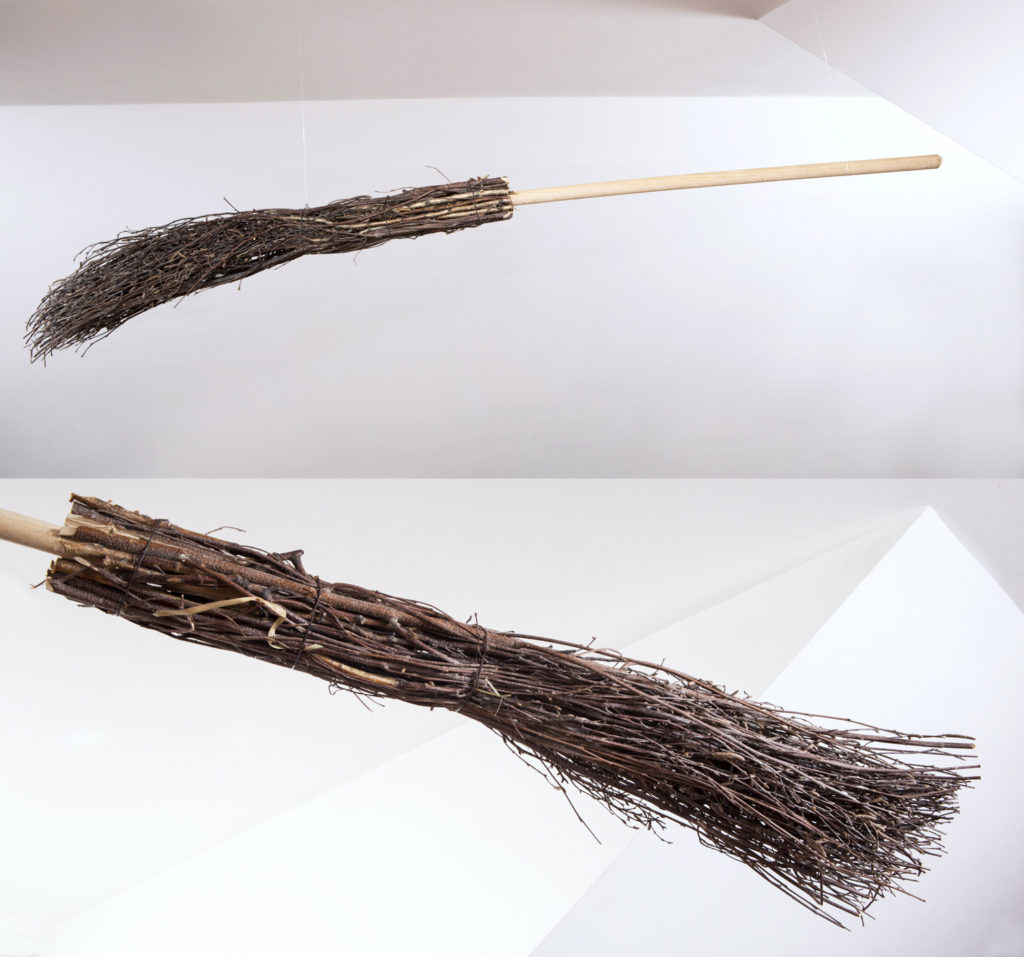
.
THERE’S NO SMOKE WITHOUT A FIRE– is a body of work that emerged from the year 2020; it is influenced and inspired by the exploitation of the human condition through times of turmoil. This ongoing series holds its title to suggest the return to the inception of our current global indisposition. Blok‘s previous series, ‘T IS ALL JUST SMOKE AND MIRRORS, was driven by her research of magic in all possible forms (i.e. stage, sleight of hand, mechanics, automatons, digital Theism, etc.). More specifically, the artist explored its relation to intimacy, entertainment, excess, fragility, trickery and chance. The current body of work is the continuation of this research and broadening of the subjects to include violence, hopelessness, rage, trash, incompetence, gambling, loneliness, and addiction.
The method is the vessel for the message to be portrayed. The work’s physical manifestation is driven by the artist’s approach to contemporary printmaking and all its possible outcomes (i.e. print as moving image).
“There is an ongoing conversation between the digital and the analogue, through which I am pursuing its interpretation of what printmaking is” – Rolina E. Blok.
Seeing as the method of printmaking stems from technology, the works are inspired by and encompass both realms, and as such fuse them through individual pieces, films, installations, editions, publications, performances, series, and collaborative projects.
.
.
100 horses (cent bêtes) is a modular paper sculpture made out of 100 rectoverso hand torn, hand pulled white and black horses. The piece has multiple display possibilities (strategic formations) which are described in a document accompanying the work.
The work (a celebration of mythological horses) in its different ways of deployment can function as a warning, a welcome or a reminder respectively.
“Some cycles close and others return. Not so much for younger folk, as this is the kind of experience that only grannies and old aunties like me would have. Yes, I once lived as a Catalan-Spaniard, who felt ashamed of being Spanish, carrying the weight of consciousness of coming from a Fascist, Francoist, and retrograde retarded country, where we were Not Europeans even in dreams. One will be treated like shit at the borders of the UK and asked to go to separate rooms, and being intimidated by border police, having to show all sorts of receipts, tickets, proofs, and even like this, end up expelled from it. Life of a promising dancer knife cut by lack of money and lack of “papers”. Not that they were contexts there for me to call out and protest against the “racism” and xenophobia from that country to those of my country. In the years I had experienced this, as a 20-year-old in 1980, Spain was NOT part of Europe and NOT a member of the EU Common Market. It was the experience of exclusion of which many artists now complain and make artworks about. In this image of my notebook from the London times you can see how in my own intuitive and artistic ways, I did make a gesture, a visual joke, a conceptual piece of Naive art. In the picture, you can see how I used the page of my art-note-scrap-book: The bright yellow immigration card with a Ja! Ja! Ja!, about my “destiny”, the small picture of myself as an ’80s dance student, as a dreaming wannabe actress. The same year, in London, I had been attacked by a bunch of Skinheads (yes, white supremacist ..) they played with my Cordoba hat and I, with the dancer’s grace, was able to escape even with a smile in front of their abuse. But then there was no context for me to express how badly I was treated in the UK and make an artwork about it. I just had to swallow it all, as I had swallowed so much abuse in my hometown from all kinds of fascist peoples, including the Cristo Rey youths that also used to menace us, less fascist groups of young folk in Barcelona. My career as a dancer was broken by the hardcore immigration laws of the UK indeed, but it was mostly due to the lack of money of my very precarious low middle-class family, which did not support the fanciness of a daughter studying a Dance career abroad. Yes, I did try to find work, but all of it was going for the “Euro-Blancas”* (LOL*) from Italy that had so much “privilege”(Lol*) as they hold a European Passport, not like me, that only had a shameful fascist Spanish one. And now the twist of fate: Forty years later, today, the UK, as a place of which life’s destiny made my second home, will Stop to be European, thus showing how nothing lasts forever, and how flimsy the narrations of history as rigid essentialist truth are but, mere fallacies. The work in the picture is titled: No Visa No UK No Passport No UK London 1982” – Esther Planas, December 2020.
.
.
In the series ‘Finding Black’, Richard Mark Rawlins explores “the notion that a person of colour shouldn’t be defined by passing ‘pop-litical’ references, which are often stereotypical, racist and reductive.” As he explains, “W.E.B. Dubois coined the term ‘double consciousness’ to describe the African American struggle to balance being African and American. As a black man from the Caribbean, I juggle a triple consciousness – one based on being Trinidadian with its post colonial baggage, another bounded by class entitlements, and another based on a populist political and cultural media conditioning. It is at the intersection of this triple consciousness, that Finding Black situates itself as an interrogation of my black identity programming, based on my consumption of popular culture and media, inclusive of American and British film, television, comics, literature, soca, dancehall, hip-hop music, and current world affairs. It is a phenomenological and on-going work.”
.
Leigh Clarke, HUMAN STAIN – Talk, 9’06”, 2021
“This series of works is made in reaction to the phenomena of online shaming in our agitated, increasingly polarised global/political environment. The images are representations of casual clicktivists who substitute discussion, education and debate with public shaming and cancellation; and of people who have been shamed unnecessarily without evidence or qualification.
During the first UK 2020 lockdown our lives and discourses moved more entirely online. With limited access to studio facilities and means of printmaking, I used car sponges, my own body weight and lithography ink. I read anonymous woke-shaming websites and imagined the posts in figurative form through the over-printed marks – I got messy. I considered my actions in various modes: the school fête tradition of throwing wet sponges at teachers (harking back to the more-sinister stocks in the town square); the sponge’s intended cleansing use of removing dirt; the sponge as a simple printing tool; the sponge as a fast-learner. I thought of the character Delphine Roux from the Philip Roth novel ‘The Human Stain’ – imagining the moment she regrets her own act of shaming.
These images are imagined, figurative realisations of anonymous trolls and people whose reputations have been stained by smearing and defamation. In this installation of mono-prints, they are in a group, communicating together, facing one another physically and working as a team. This process has allowed the artist to configure the hidden and bring together conflicting forms in a contemplative space.” – Leigh Clarke
.
.
Marc Hulson’s paintings and drawings survey an enclosed pictorial world – a psycho-symbolic realm in which a succession of figures both human and non-human play out uncertain roles. Often ambiguous in gender, masked or subject to physical distortions and deformations, they haunt a dislocated backstage arena. His recent portrait heads face off against paintings of deflated, defacialised balloons in a melancholy crossfire, their crude approximations of expressive features doubling for the deceptive surface of painting itself.
.
.
.
The #underwear4men series includes: made-to-order, 100% silk, male underwear entirely hand-sewn by the cam girl Carly; process photo editions often depicting sex toys & attire which are indicative of the shared kinks that define fabrics & colour palettes) and; finally, as in the piece above, photo editions of buyers – as shot by themselves and sent to her.
Each underwear takes roughly a month to complete & two weeks to ship, so for the price of $600 (paid in advance), she requires the client also to sign a model release form. Their identities, as well as her own, are legally agreed to remain private. Therefore, faces never feature in photographs within this series. For occasions in which clients don’t want to sign model release forms or send pictures of themselves but still want to purchase a wearable piece, the adjusted price of $1200.
Carly had this idea as she learned the basics of sewing to help an artist very dear to her during the pandemic. She was then also struggling to sell & store artworks, so she thought she’d offer her cam site clients pieces that she’d like to see them wearing and were all paid for in advance of production.
